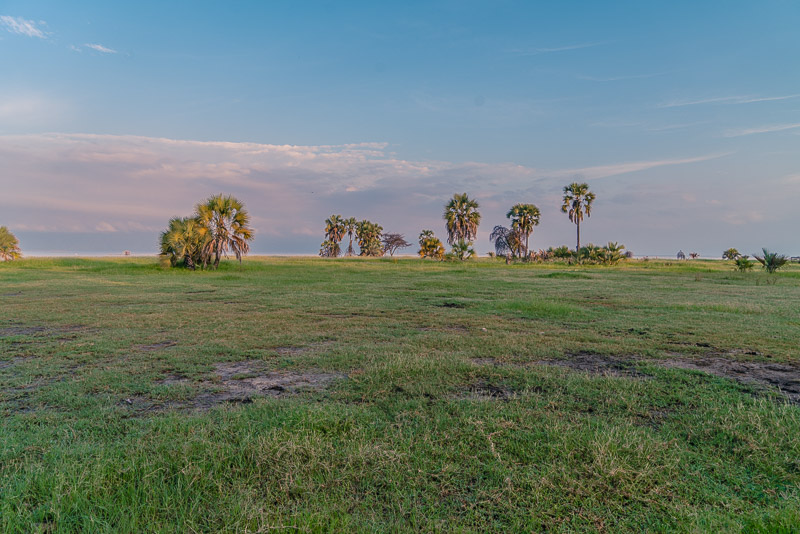
2.3.2021 Safari in the Ngorongoro Crater.
After a night in my wonderful room in the Maramboi Lodge, today´s plan is the Ngorongoro - crater.

First however, after a breakfast in early dawn, a few pictures of the wonderful morning mood around the Lodge.
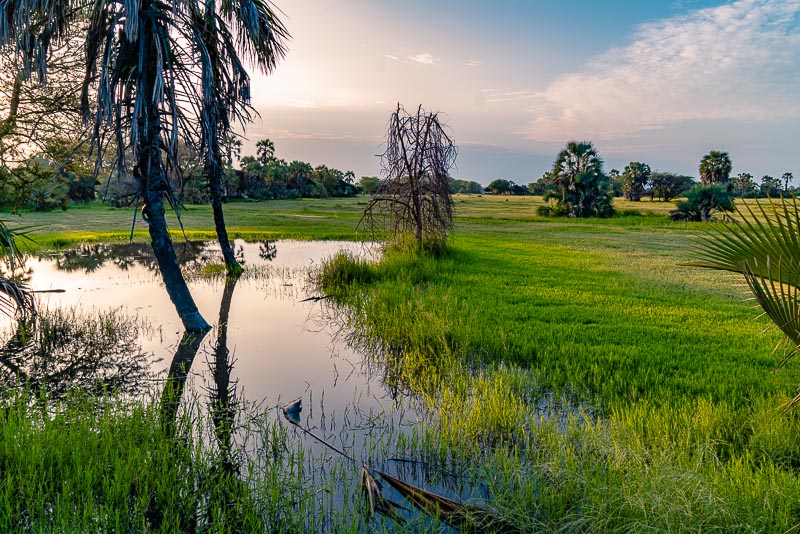
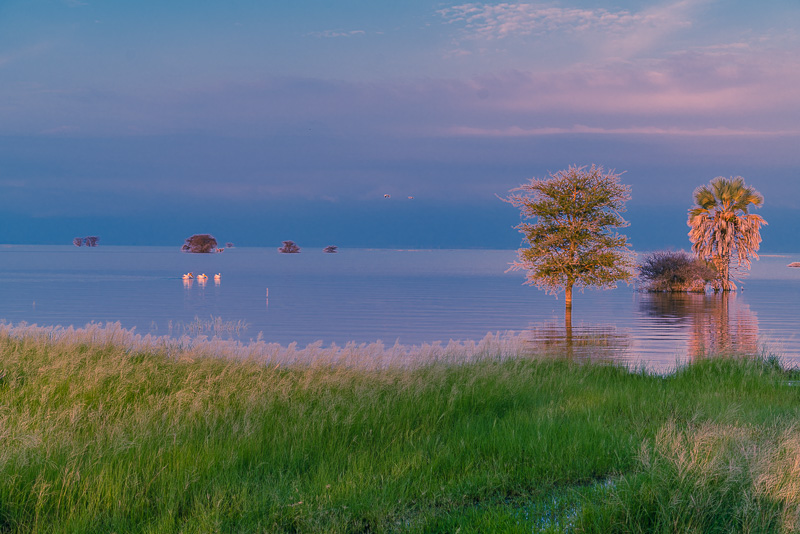
First morning light in Lake Manyara, which, due to high water on the Tarangire river, now reaches near to the Lodge.
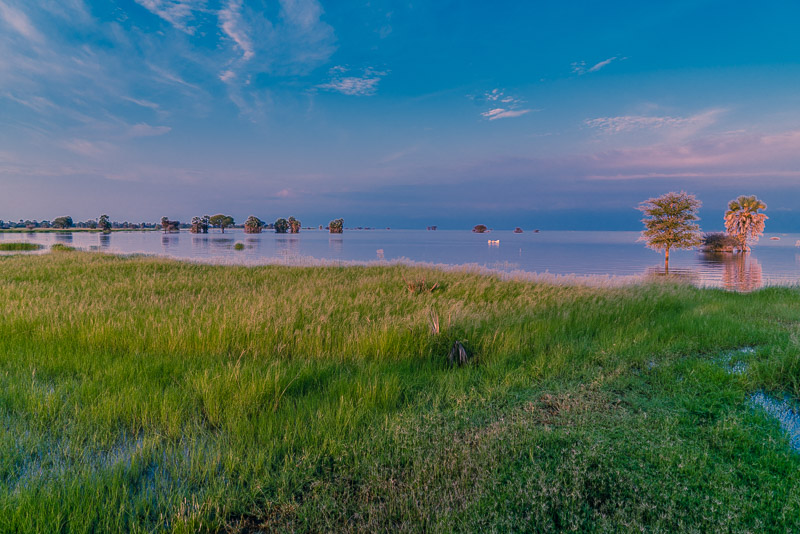
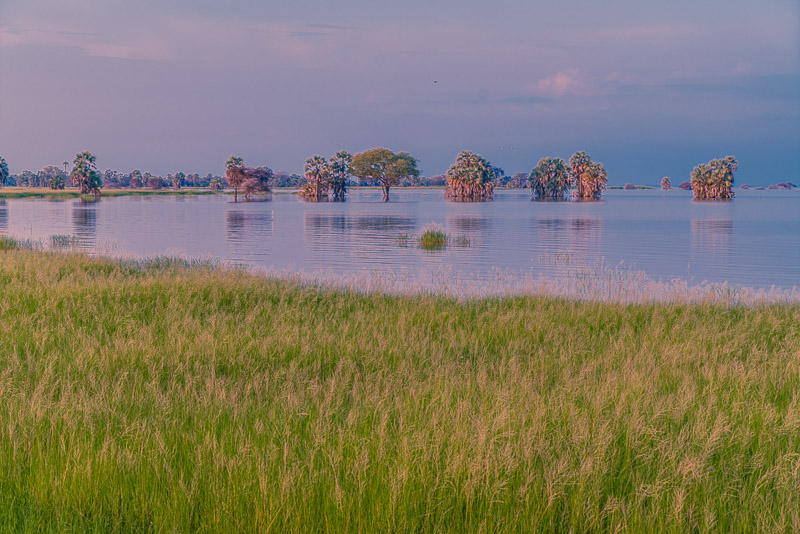
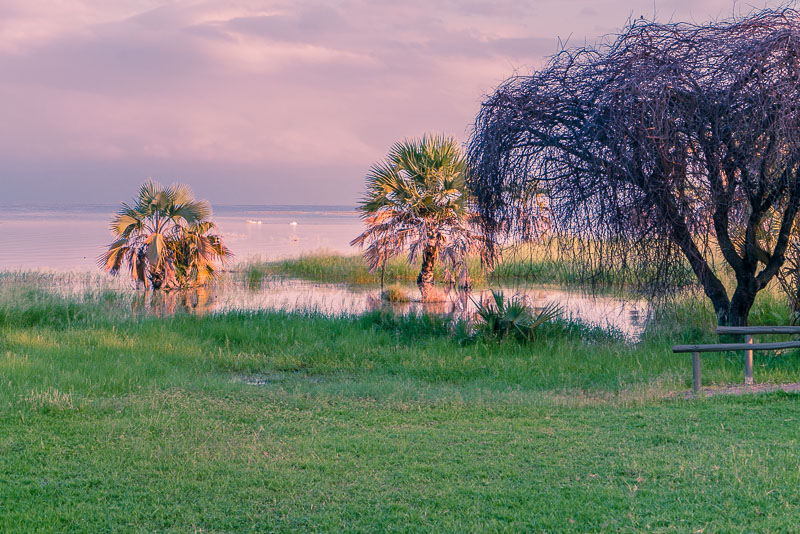
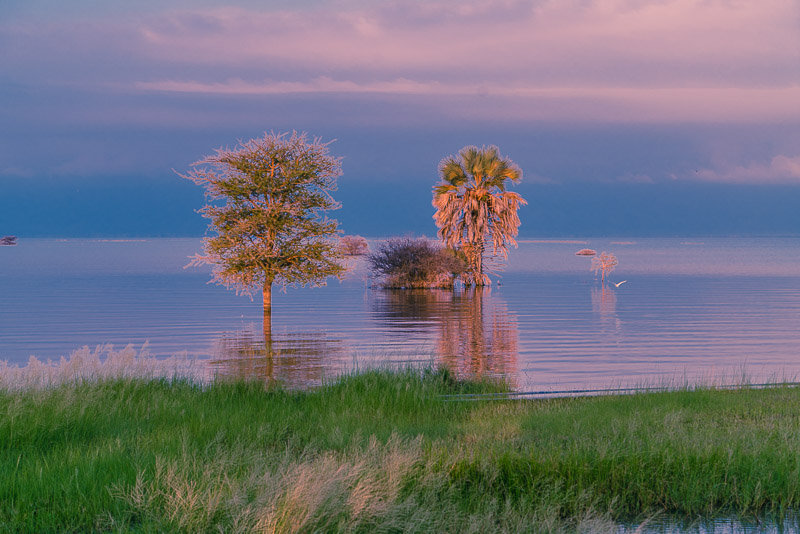
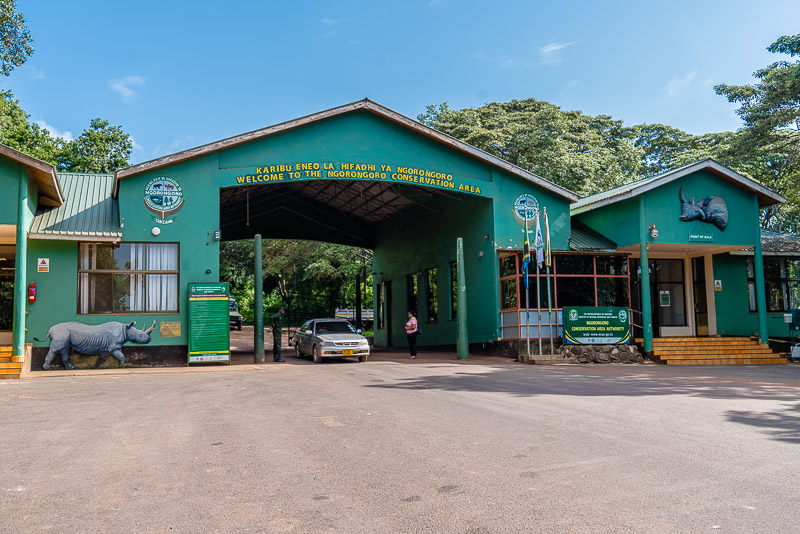
We have to stop at the entrance to the Ngorongoro conservation area, to check all the formalities.
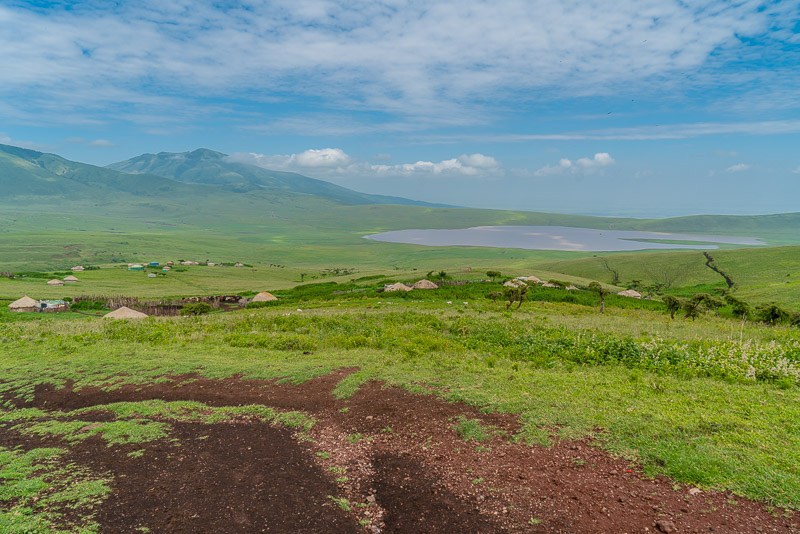
After a drive through mountain rain forest, we journ along the crater rim, with a few Maasai villages. Normallly, there is no lake here during the dry season.
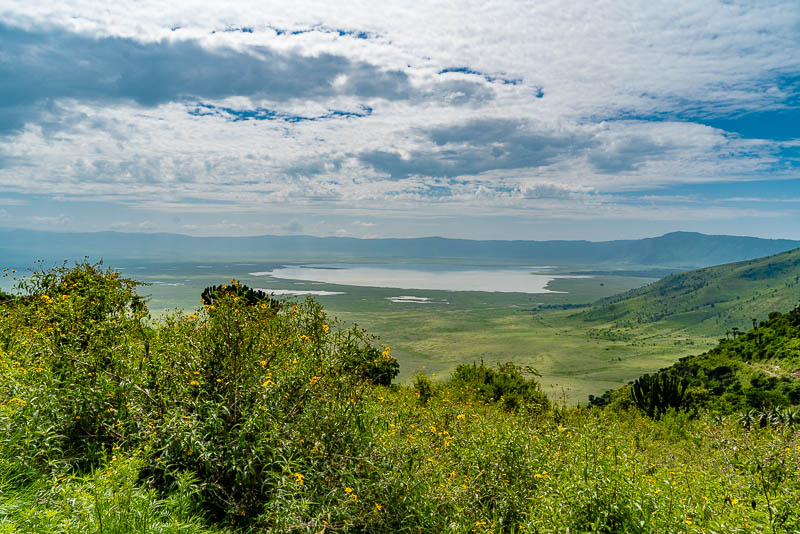
More formalities at the entrance to the crater, because the road down
branches off from the road to the Serenegeti National Park.
The Ngorongoro crater in fact isn´t a volcanic crater, but the largest caldera
of the world. A caldera is
the collapsed rest of a volcano, after its magma chamber has emptied completely.
If you set into relation the area of the basis to that one of Mount Kilimandscharo,
the Ngorongoro volcano presumably was higher.
A first panoramic picture of the Ngorongoro crater, from the last metres of the road down (the ascent is in another place, both roads are one-way roads). Click here or into the picture for a larger display.
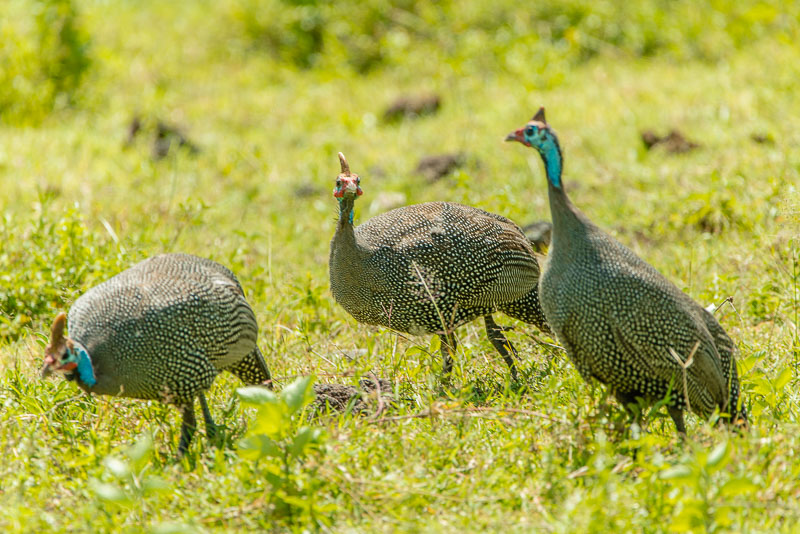
Helmeted guineafowls (Numida meleagris) beneath the road.
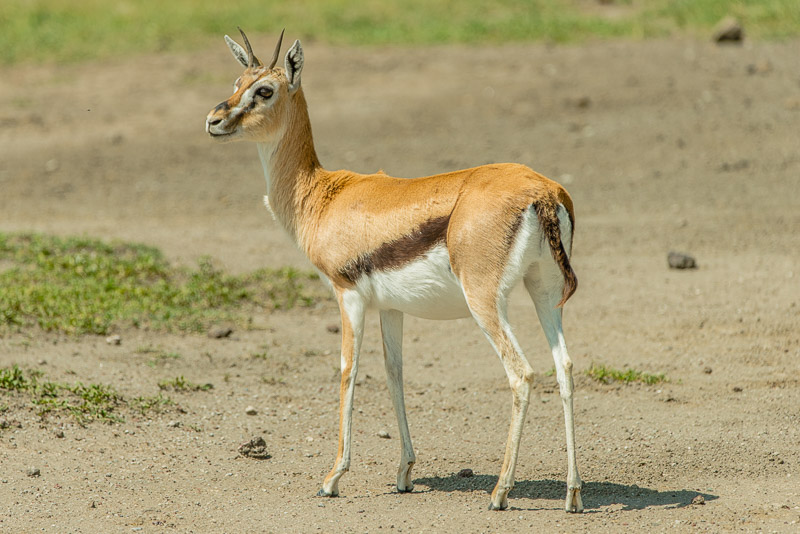
Thomson´s_gazelle (Eudorcas thomsonii)
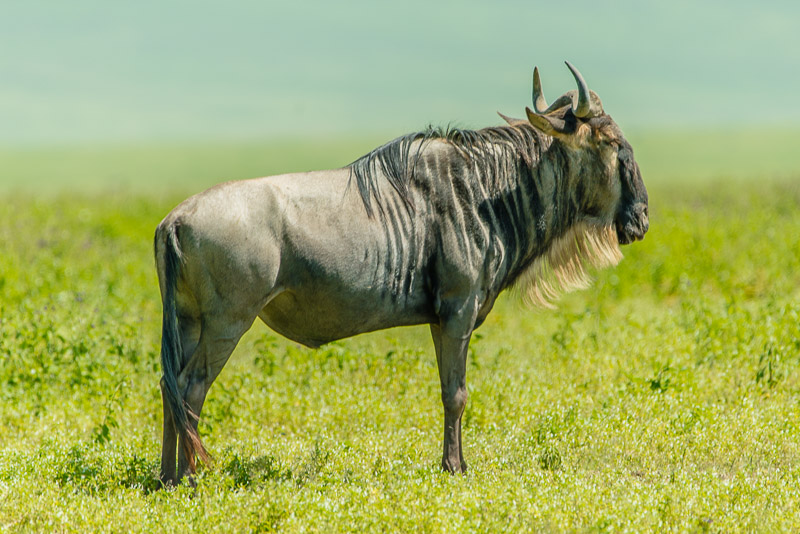
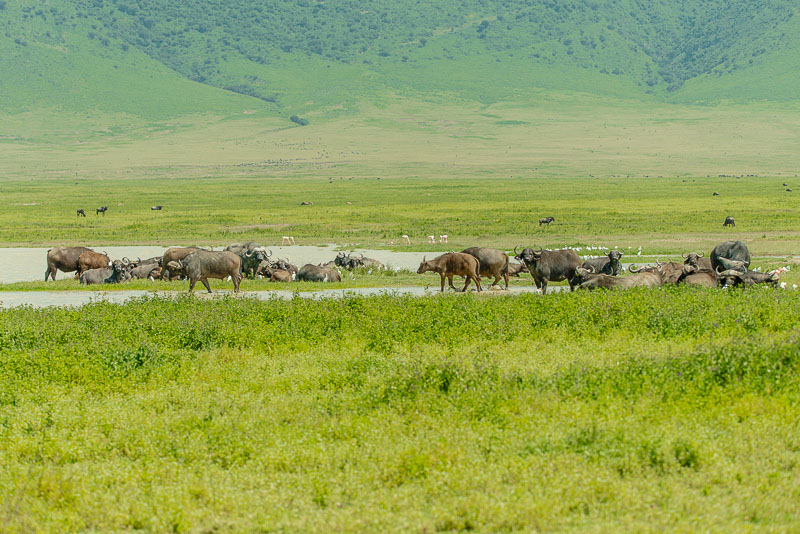
A big herd of African buffalo (Syncerus caffer)
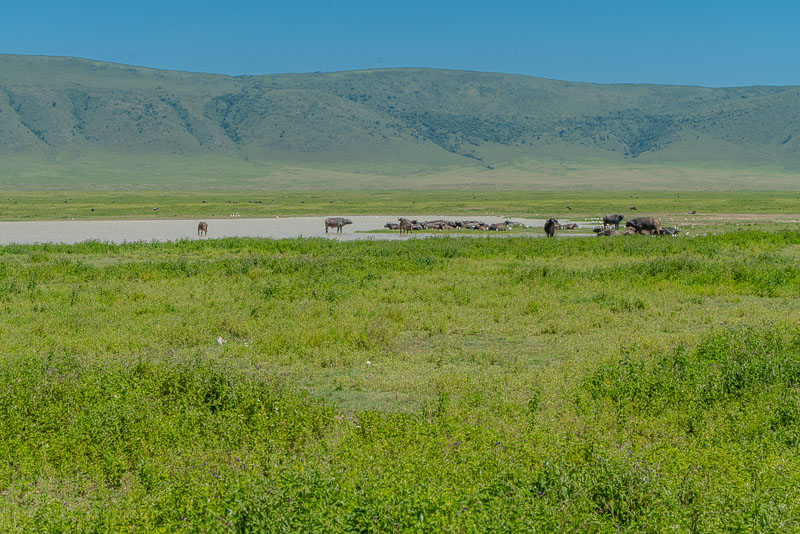
A big herd of African buffalo (Syncerus caffer)
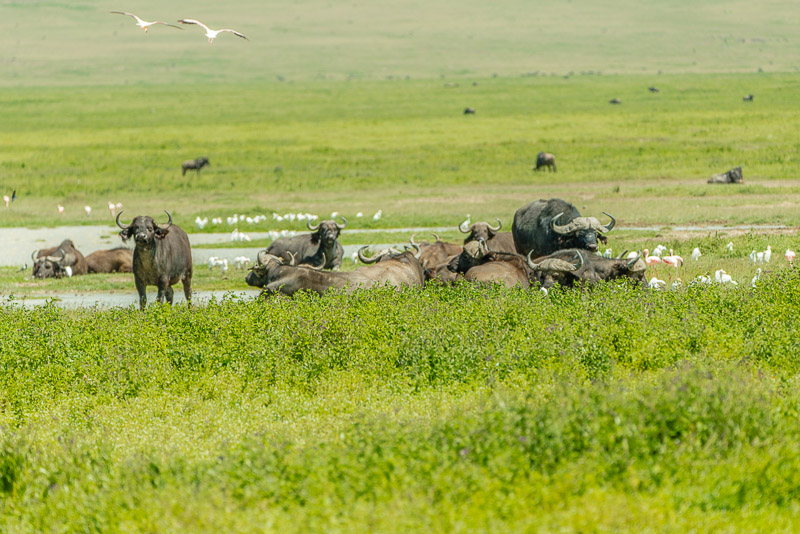
African buffalo (Syncerus caffer)
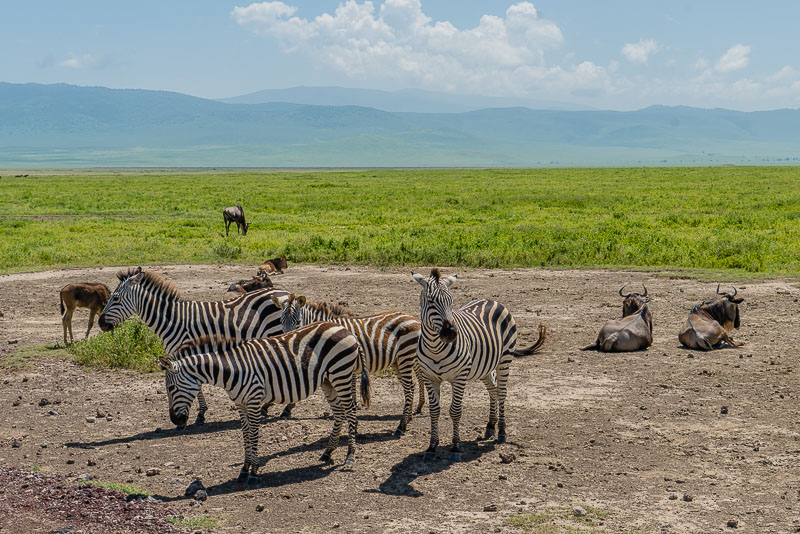
Zebras
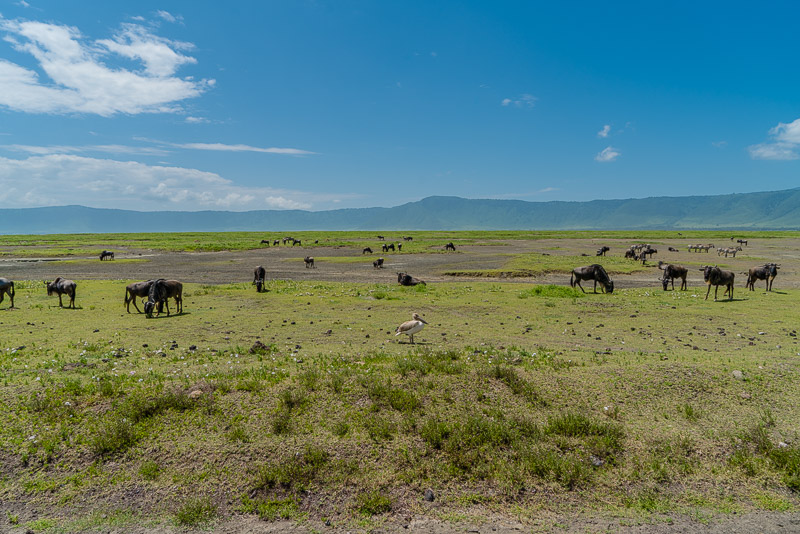
African buffalo (Syncerus caffer) and a pelican.
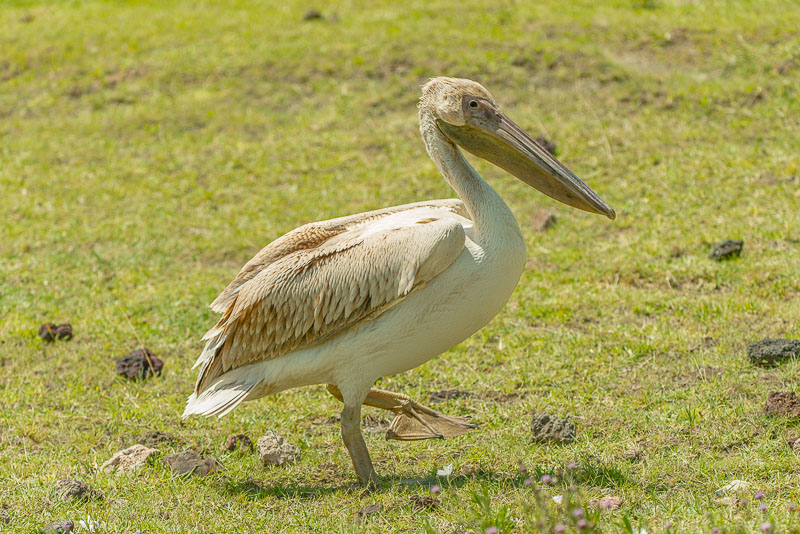
Pink-backed pelican (Pelecanus rufescens)
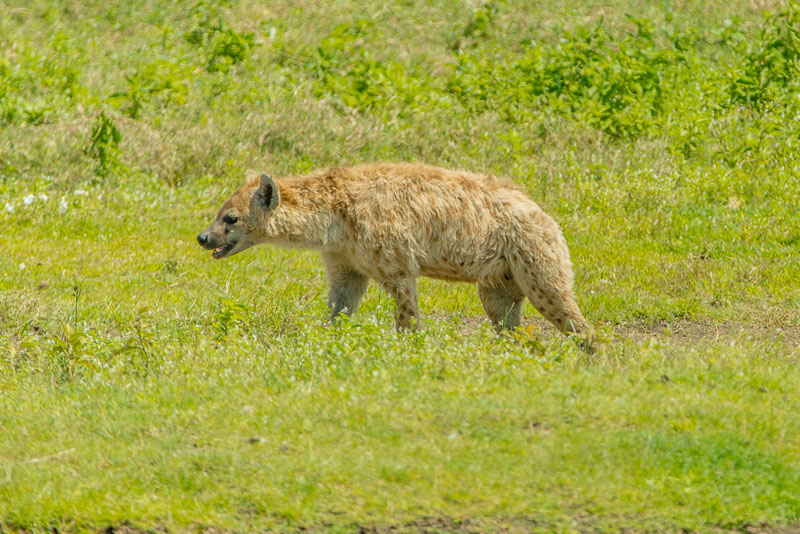
Spotted hyena (Crocuta crocuta)
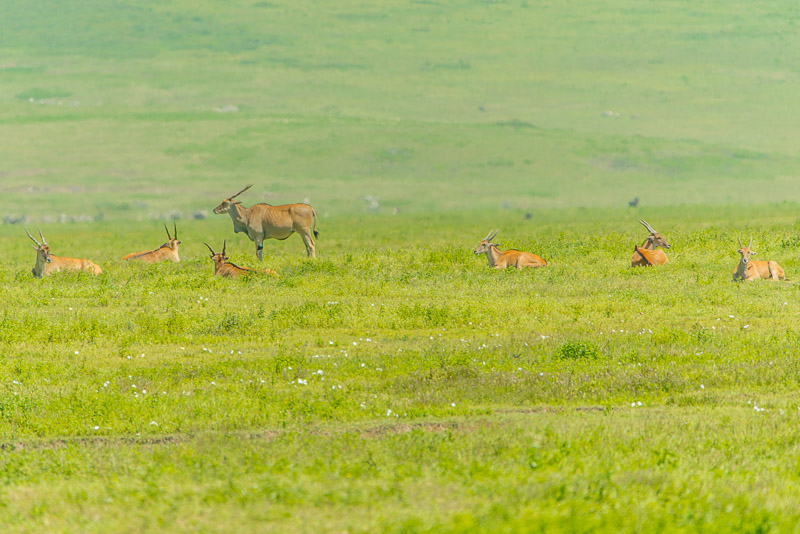
Common eland (Taurotragus oryx)
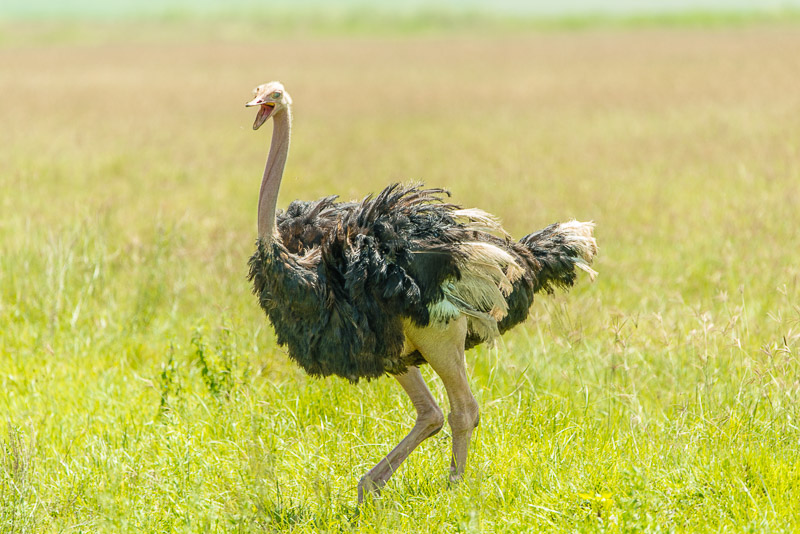
Common ostrich (Struthio camelus)
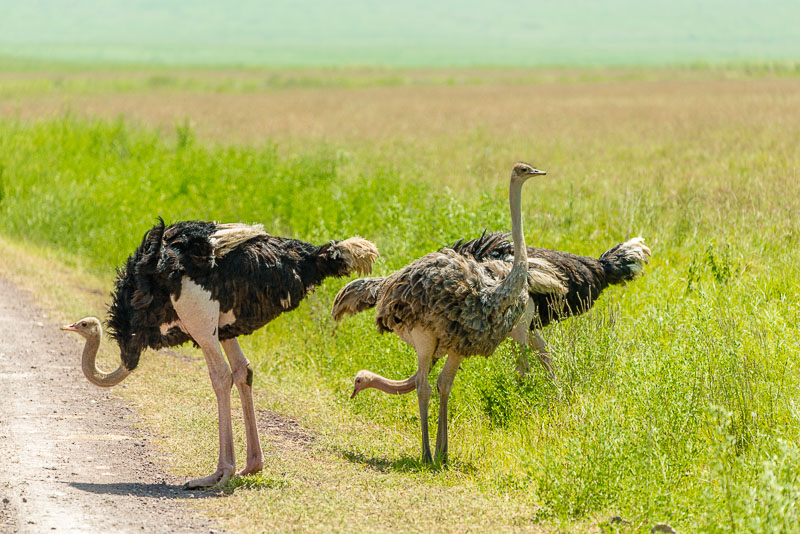
Common ostrich (Struthio camelus)
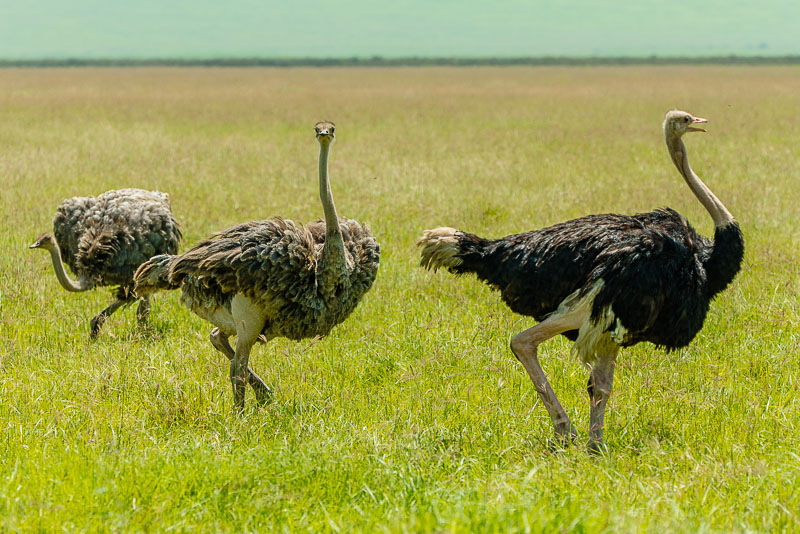
Common ostrich (Struthio camelus)
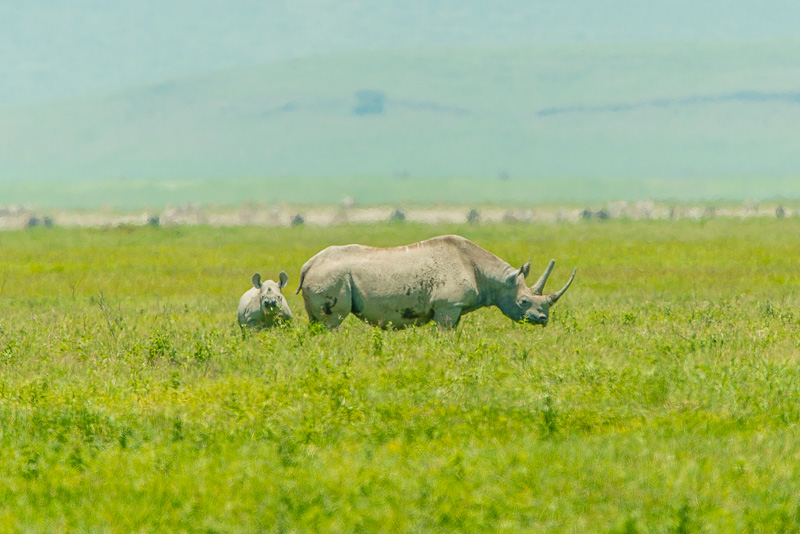
Black rhinoceros (Diceros bicornis) - Mutter mit Kind.
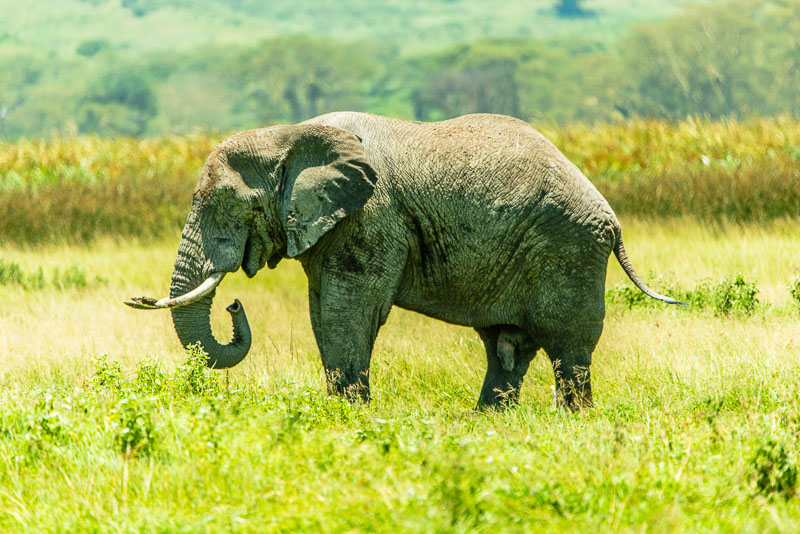
We meet severfal old elephan bulls.
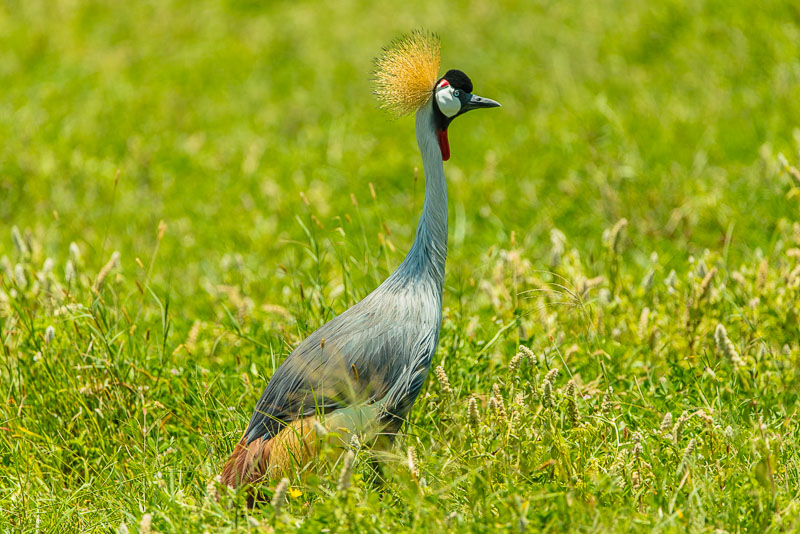
Black crowned crane (Balearica pavonina)
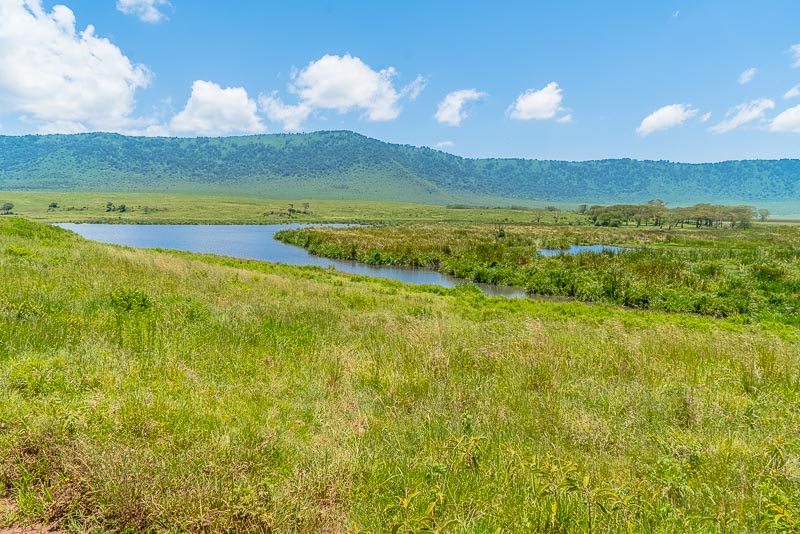
We now reach the picknick place, situated by a large pond.
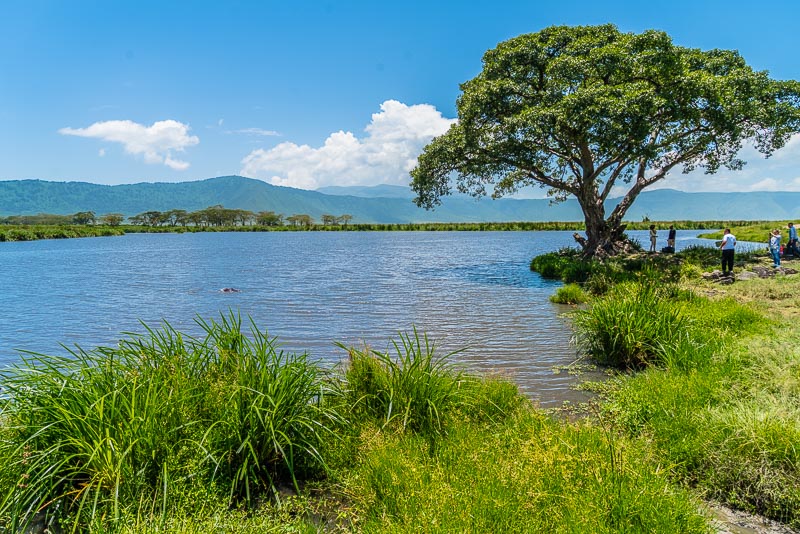
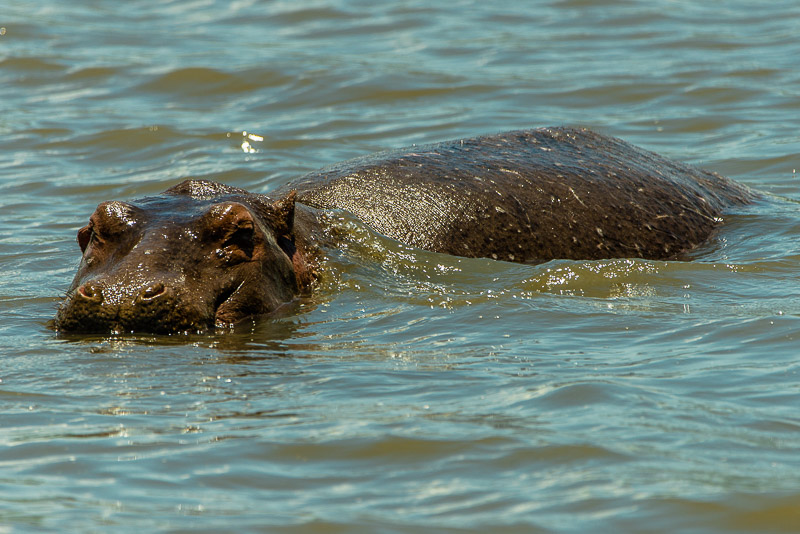
Dozens of Hippopotamus (Hippopotamus amphibius) are living here.
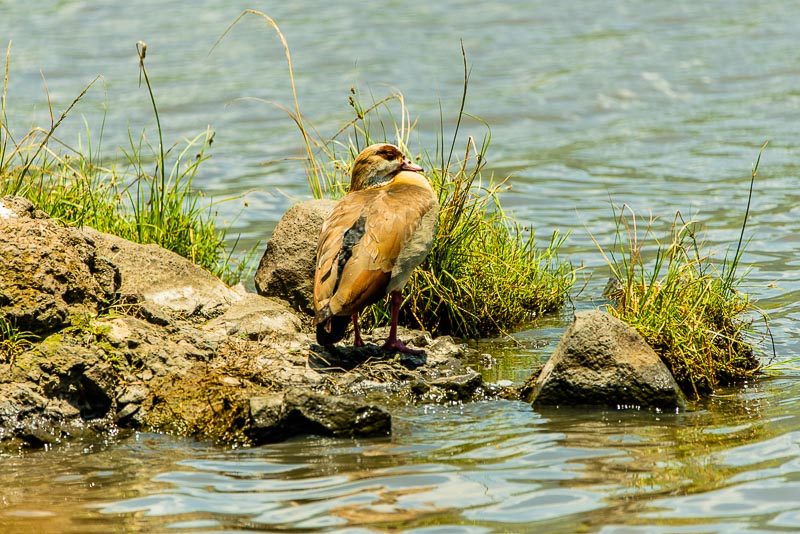
Egyptian goose (Alopochen aegyptiaca)
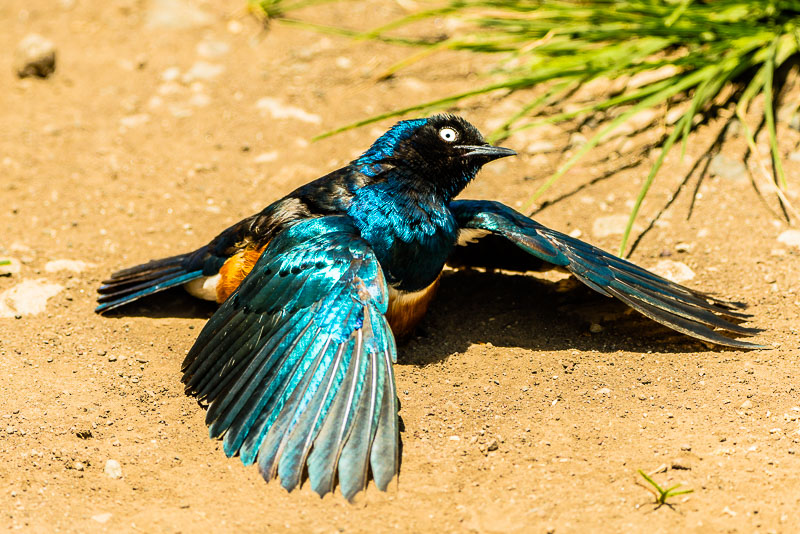
While we are sitting in the open car (because of the heat), birds come for begging.
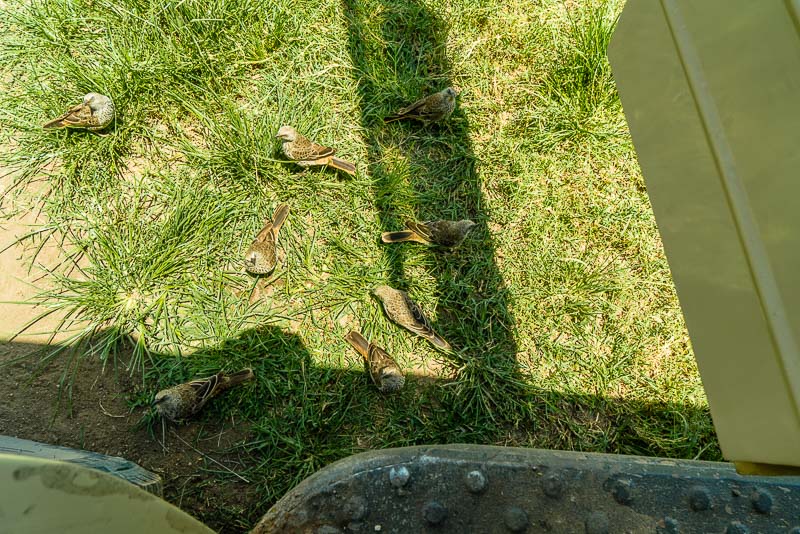
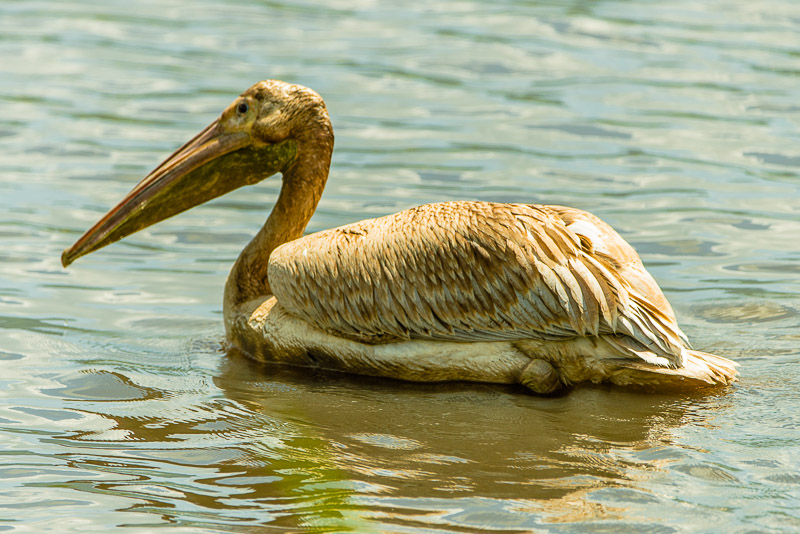
Pink-backed pelican (Pelecanus rufescens)
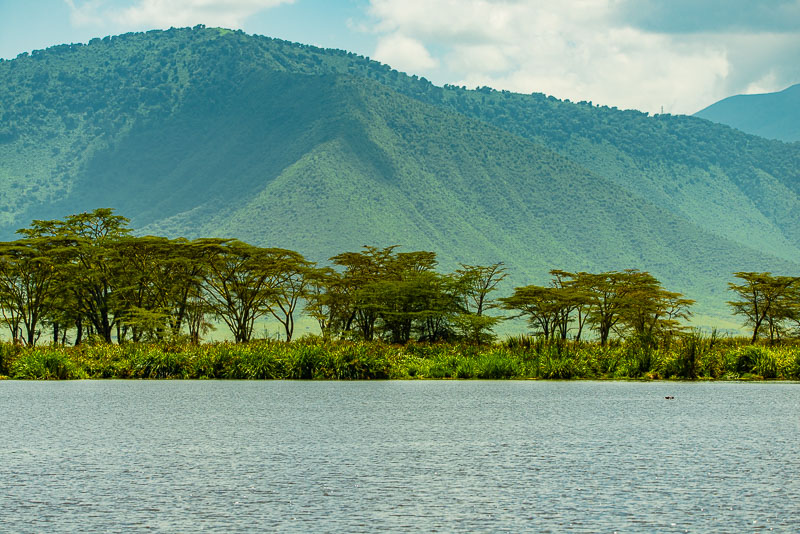
View over the pind to the crater rim.
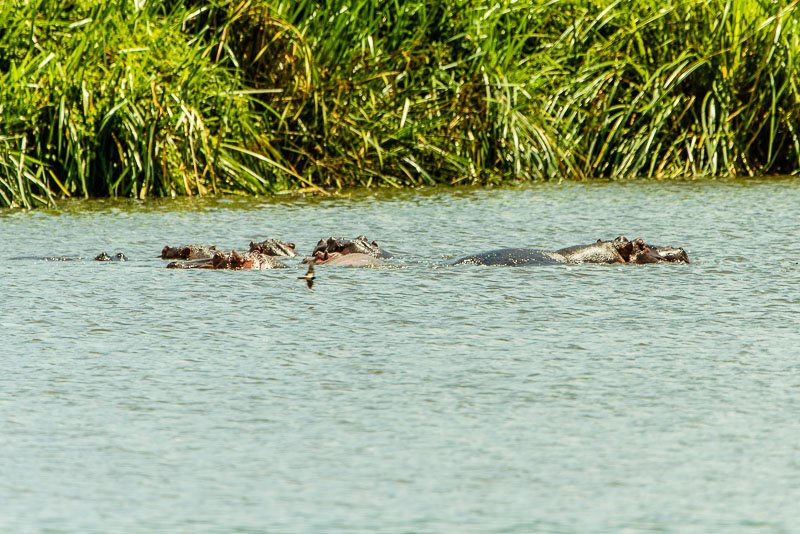
Hippo´s in the water.
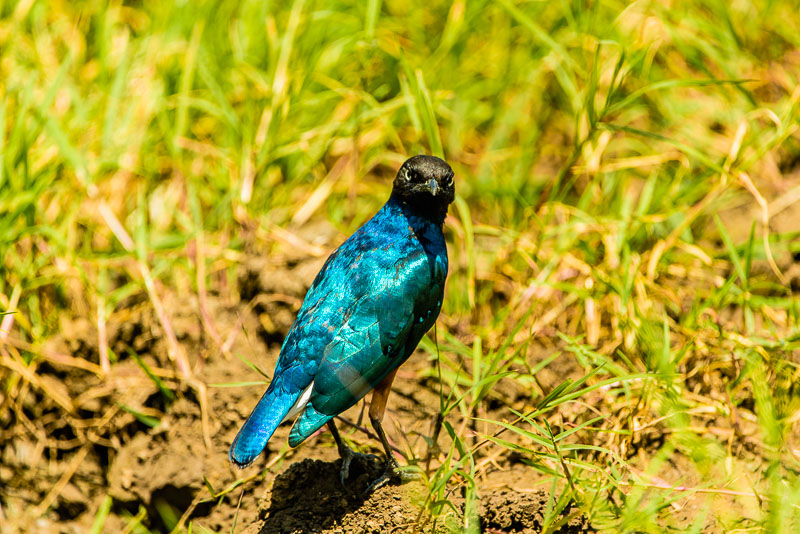
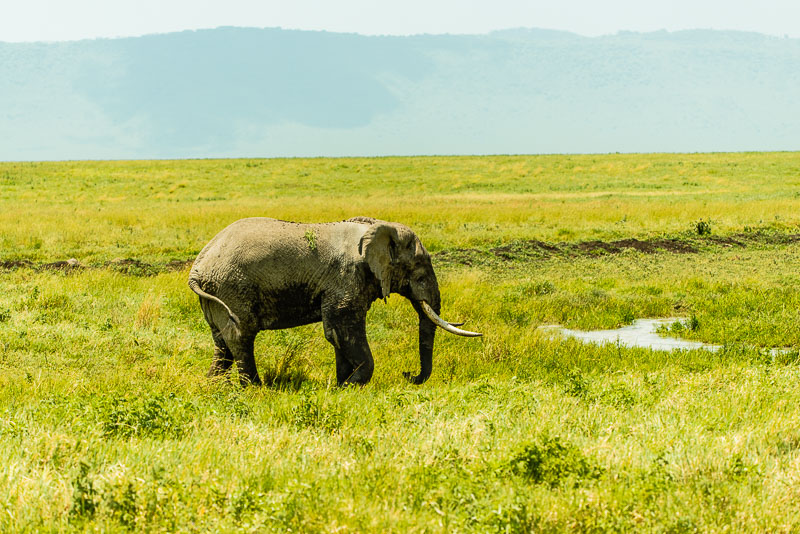
Lonesome elephant bull.
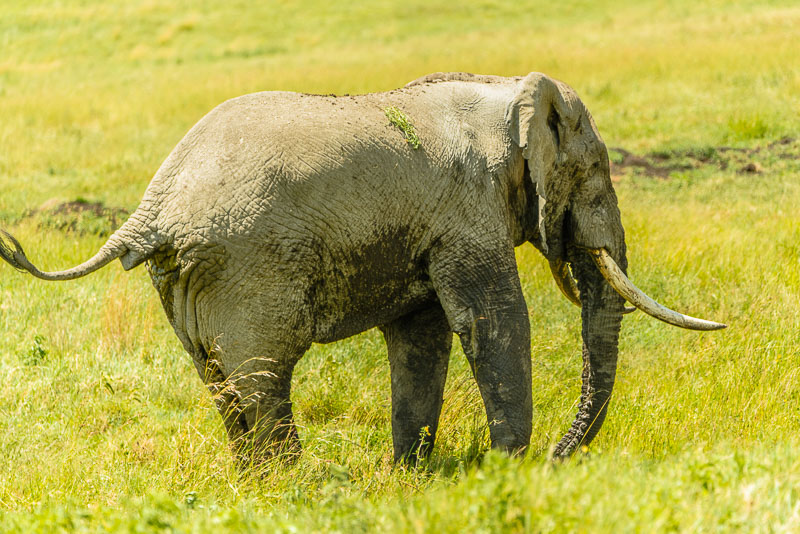
Lonesome elephant bull.
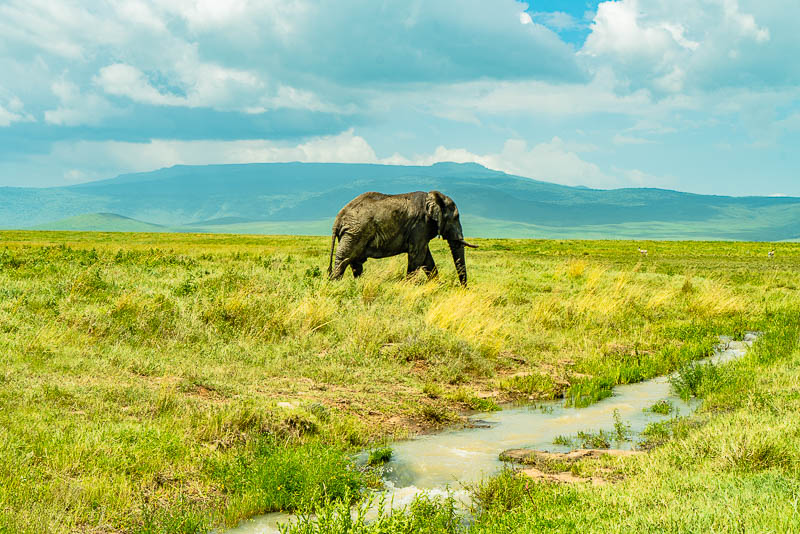
Lonesome elephant bull.
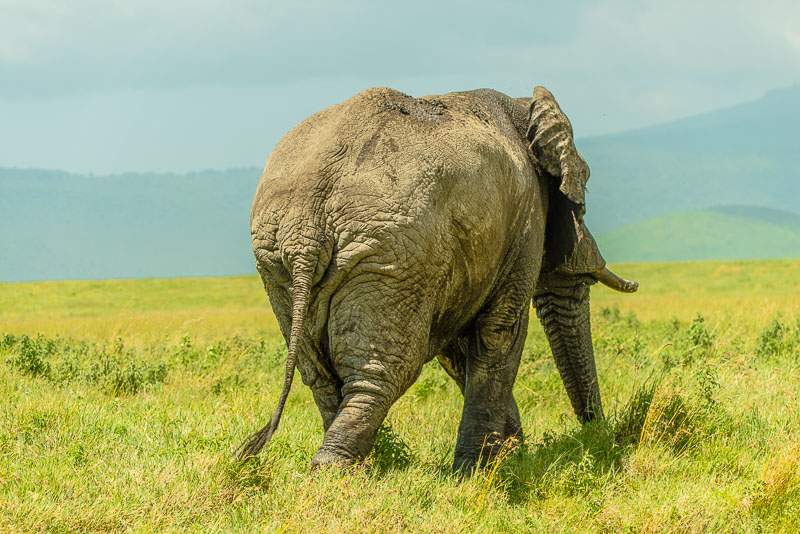
Lonesome elephant bull.
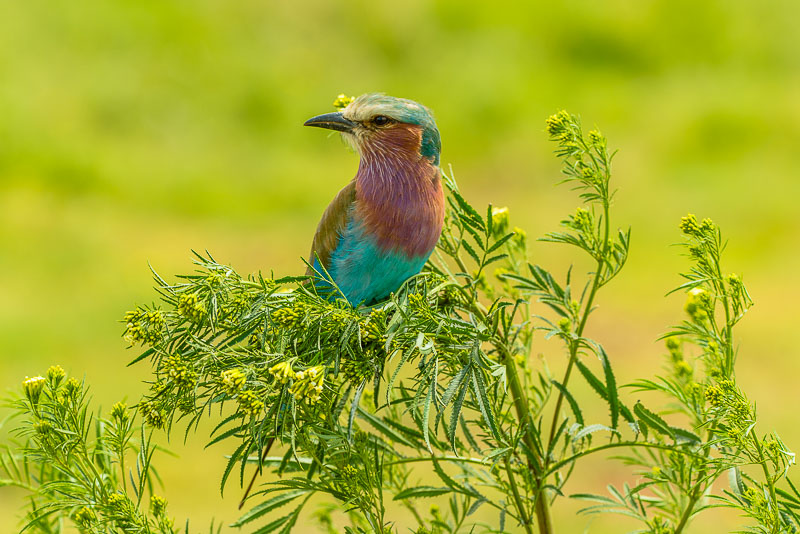
Lilac breasted roller (Coracias caudatus)
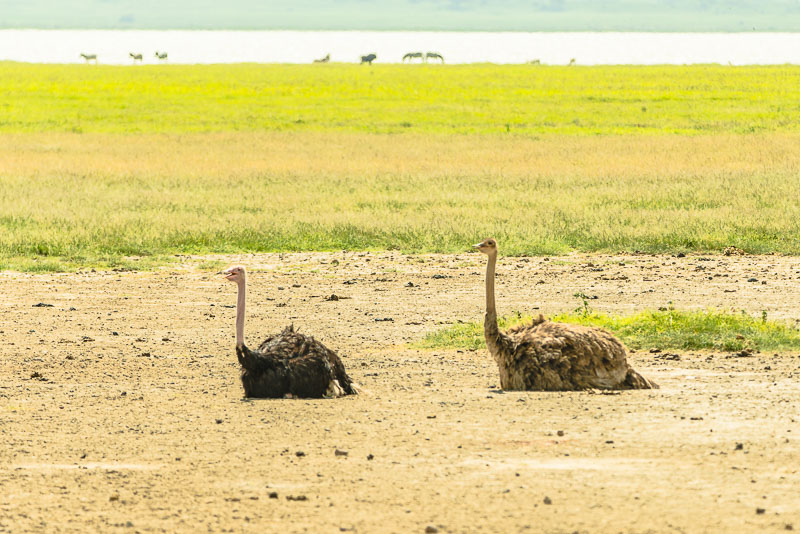
Common ostrich (Struthio camelus)
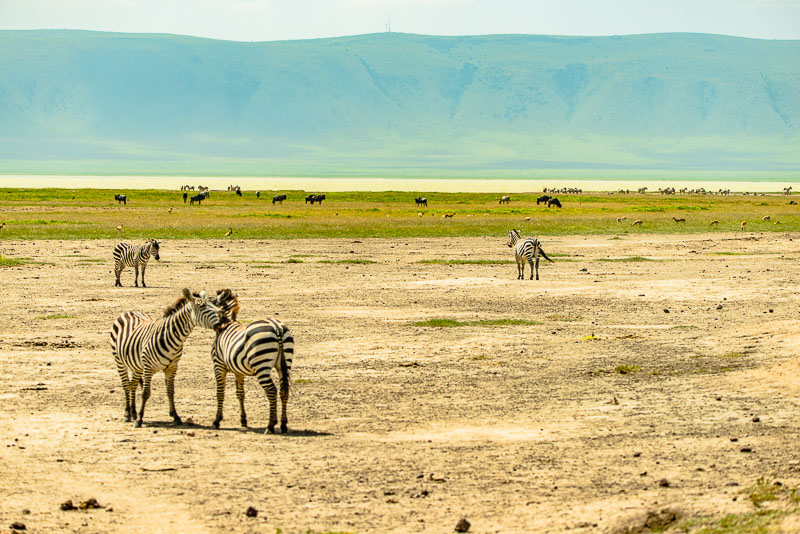
Zebras
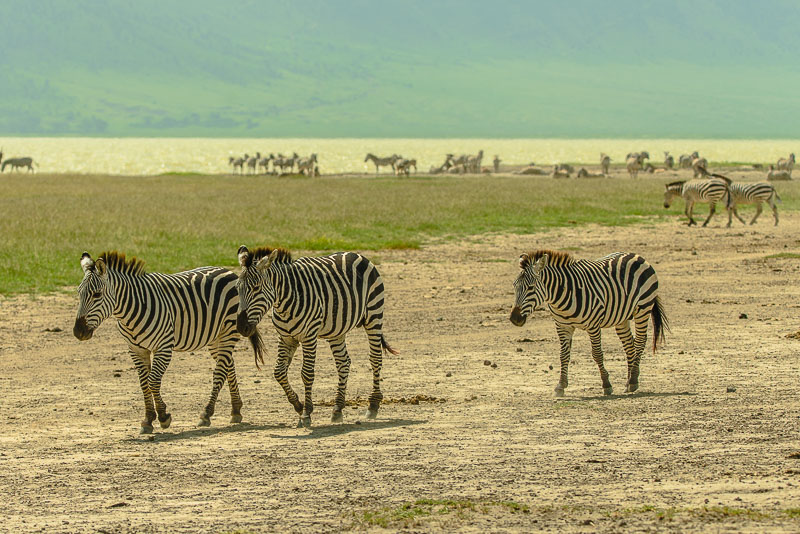
Zebras
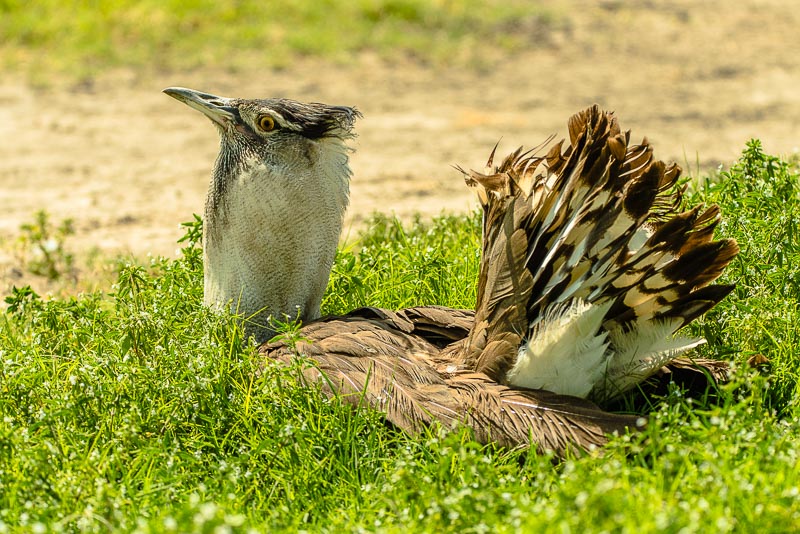
Kori bustard (Ardeotis kori struthiunculus)
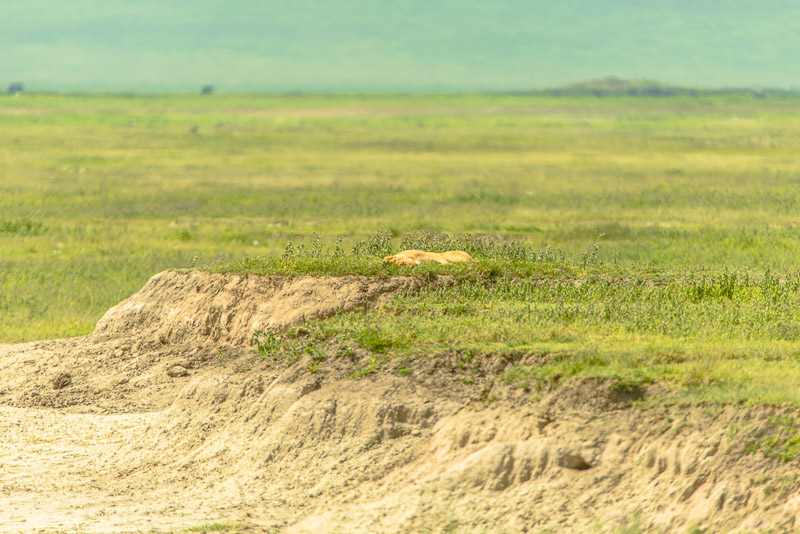
A lazy lion in the grass.
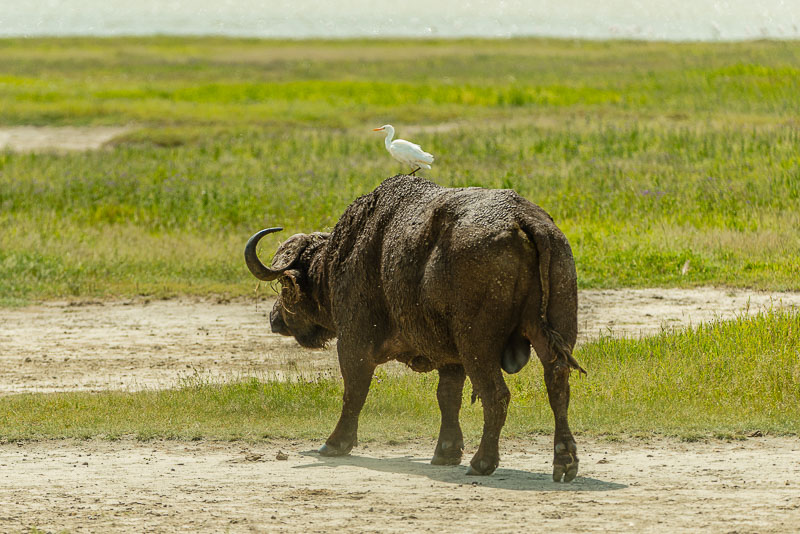
Big African buffalo (Syncerus caffer), accompanied by a Cattle egret (Bubulcus ibis), which picks him the ticks out of his skin.
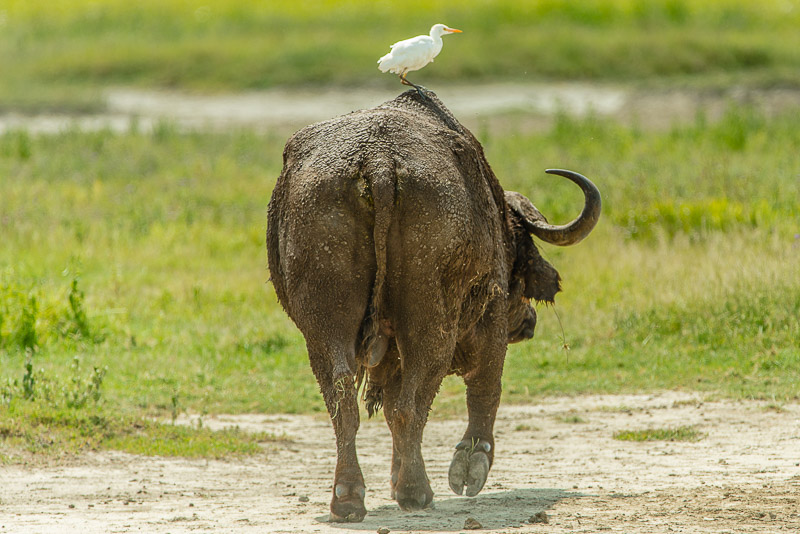
African buffalo (Syncerus caffer), and Cattle egret (Bubulcus ibis)
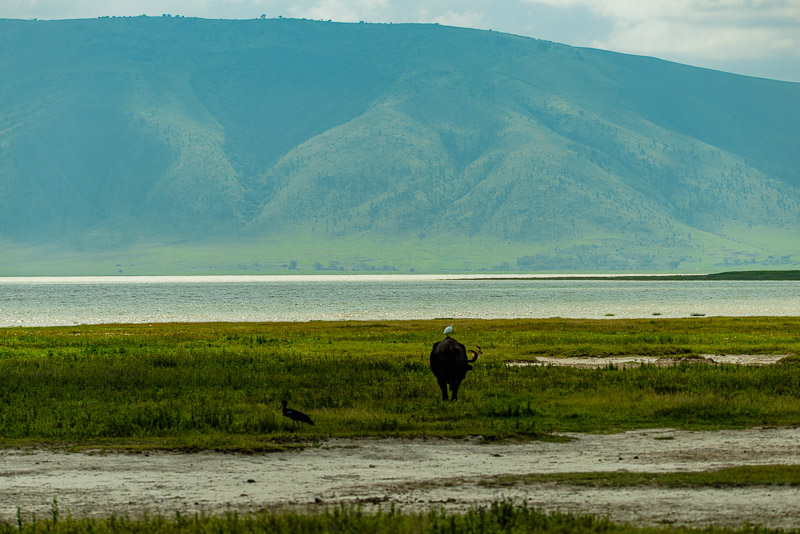
Recently, it has rained here more than usual, so the central lake in the Ngorongoro crater is rather large.
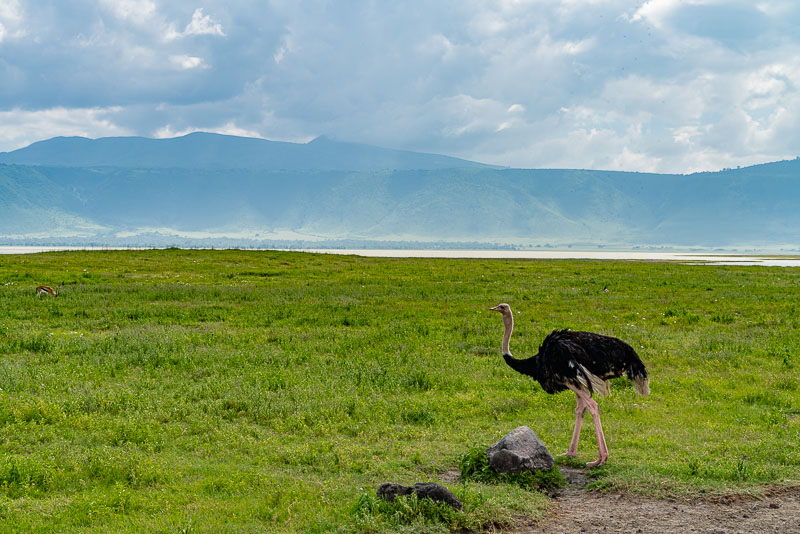
Another encounter with a Common ostrich (Struthio camelus)
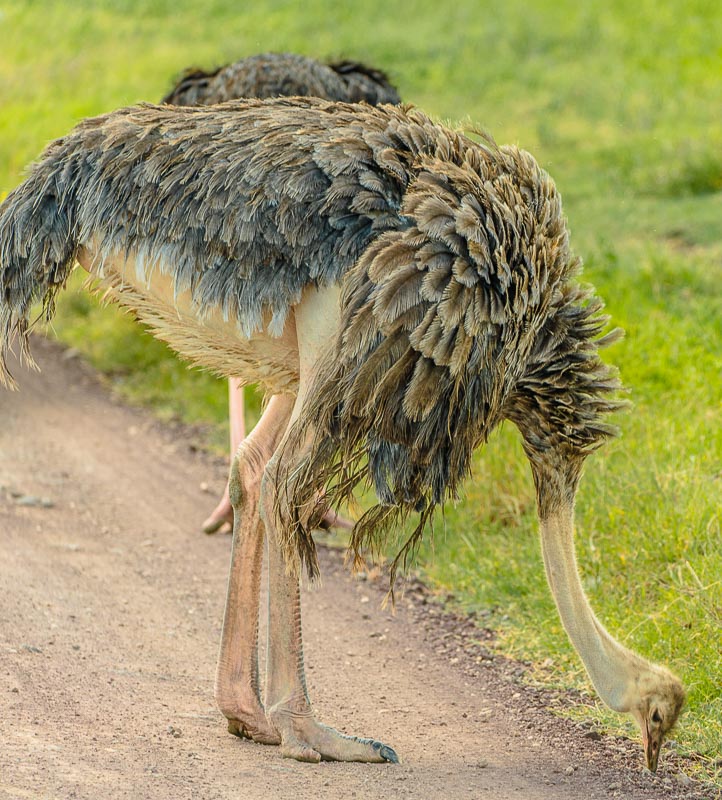
Common ostrich (Struthio camelus)
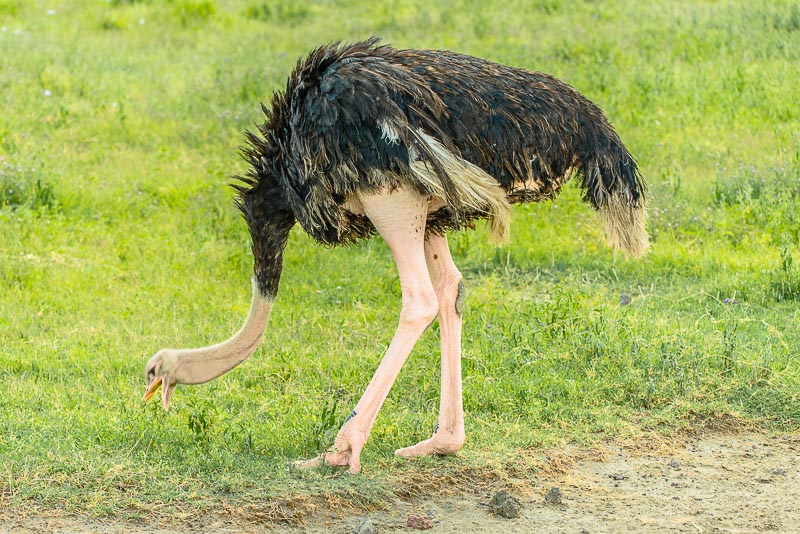
Common ostrich (Struthio camelus)
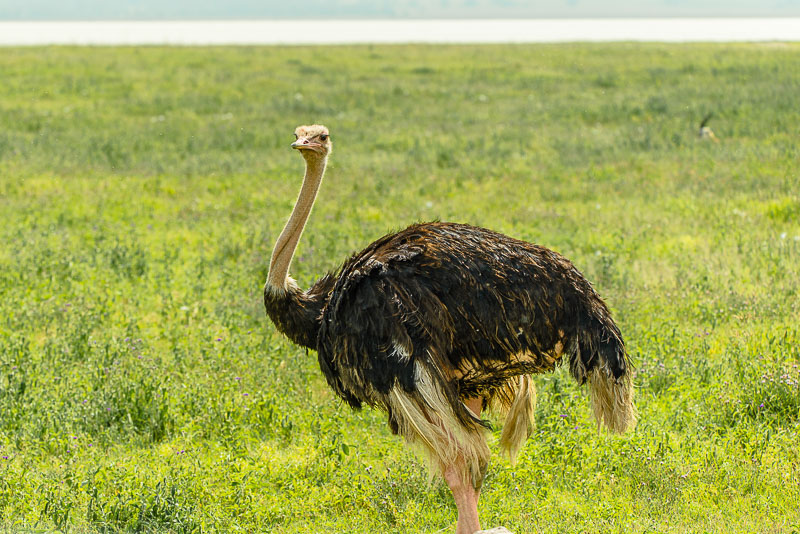
Common ostrich (Struthio camelus)
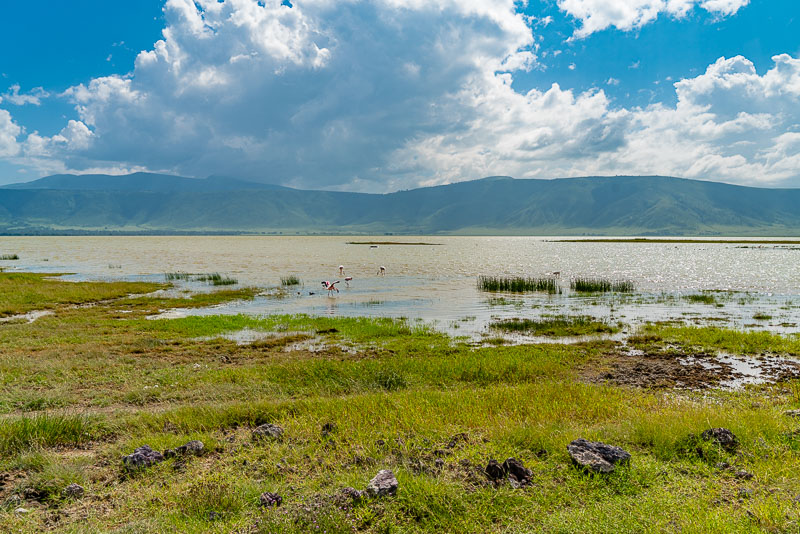
The central crater lake.
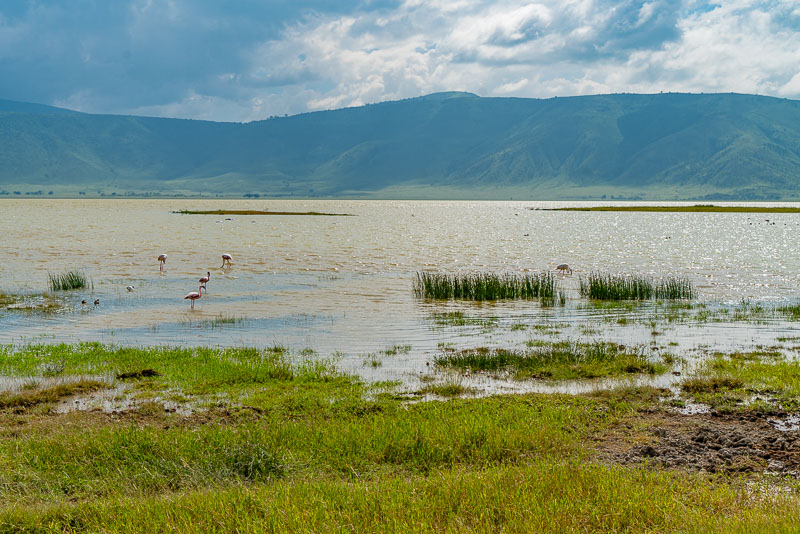
Flamingoes (Phoenicopteridae) in the lake.
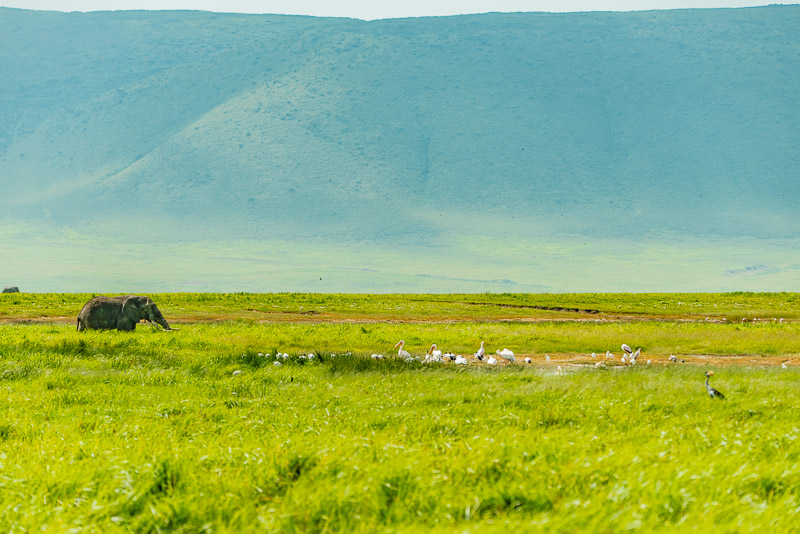
Lonesome elephant bull and a group of Pink-backed pelicans (Pelecanus rufescens).
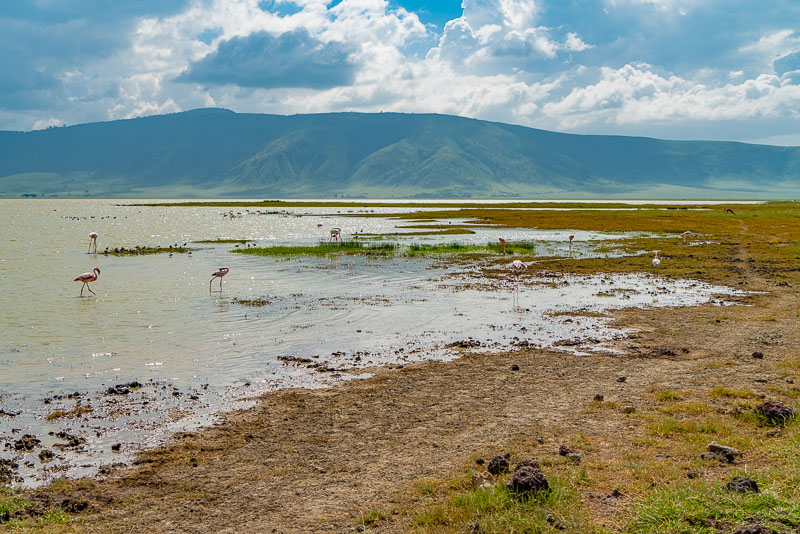
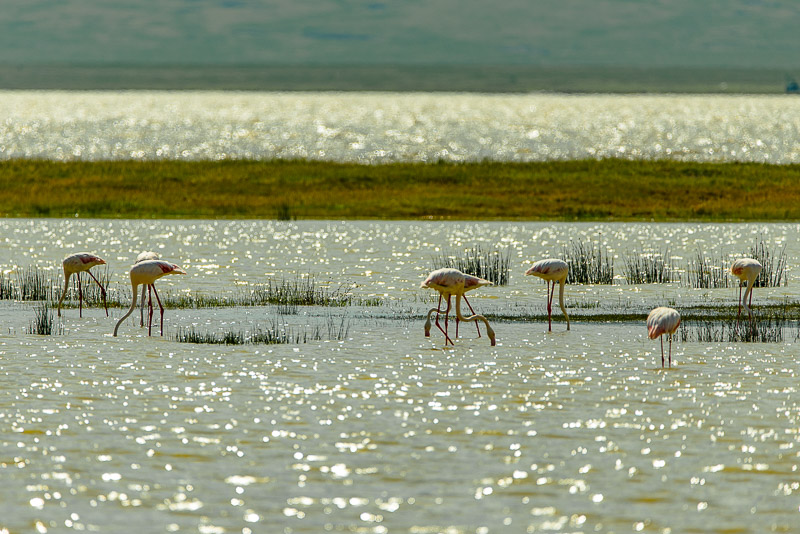
Flamingoes (Phoenicopteridae)
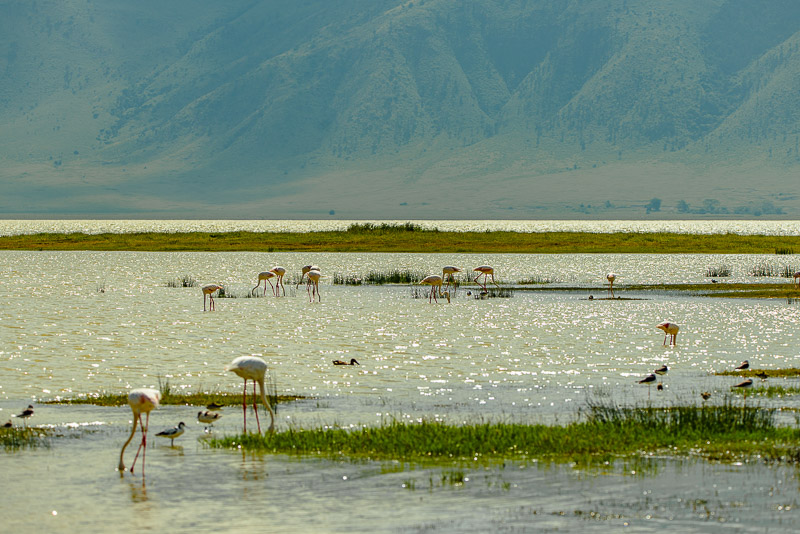
Flamingoes (Phoenicopteridae)
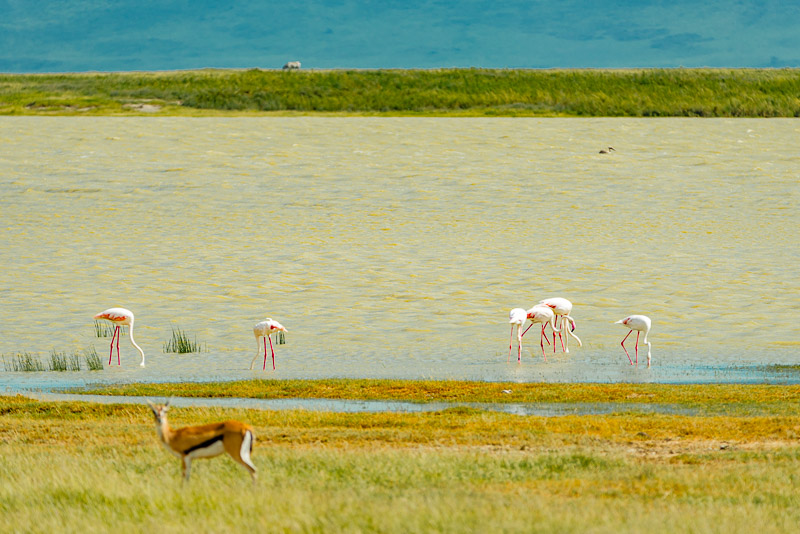
Flamingoes (Phoenicopteridae) and a Thomson´s_gazelle (Eudorcas thomsonii).
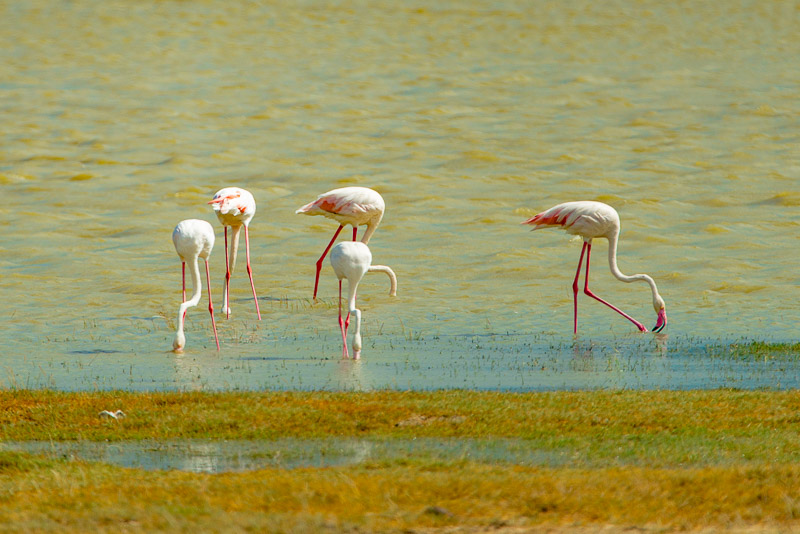
Flamingoes (Phoenicopteridae)
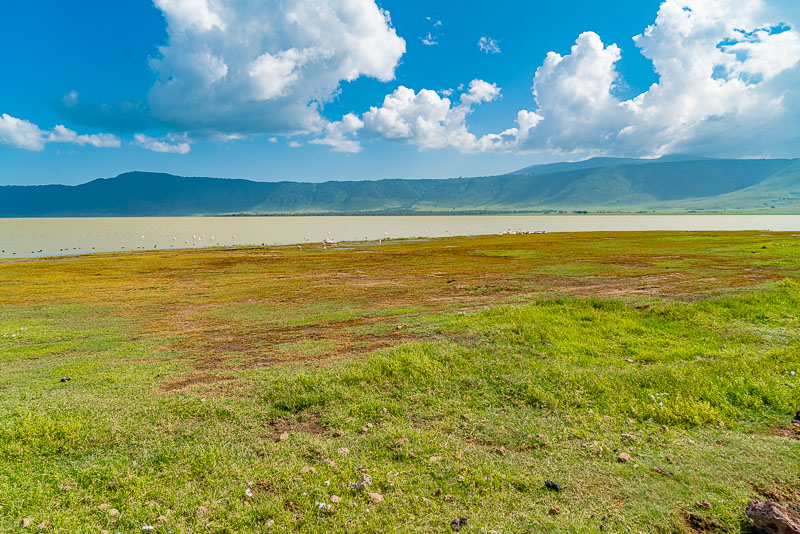
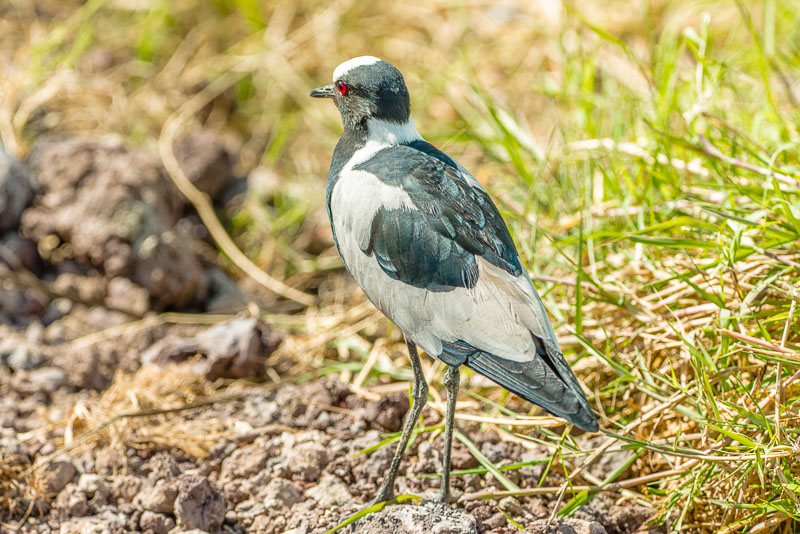
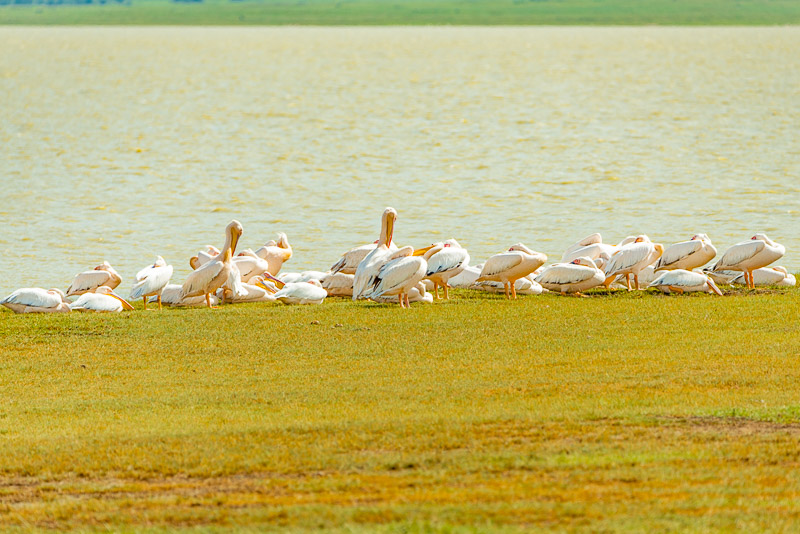
Pink-backed pelican (Pelecanus rufescens)
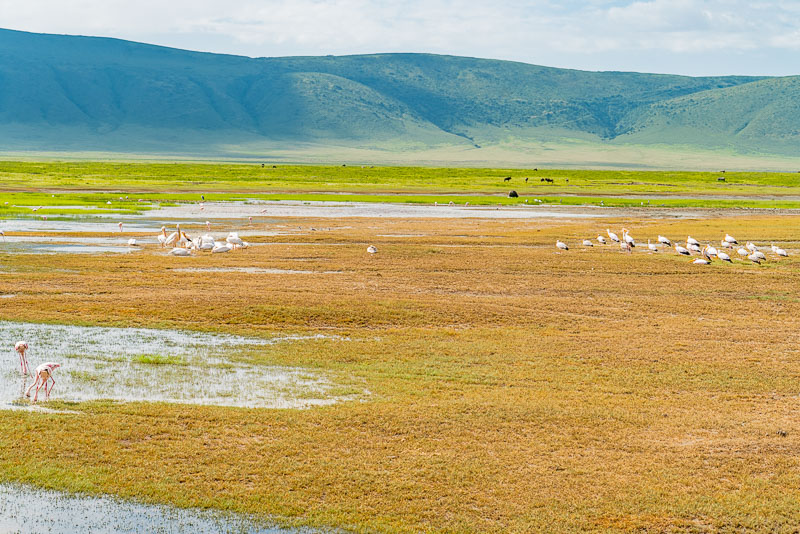
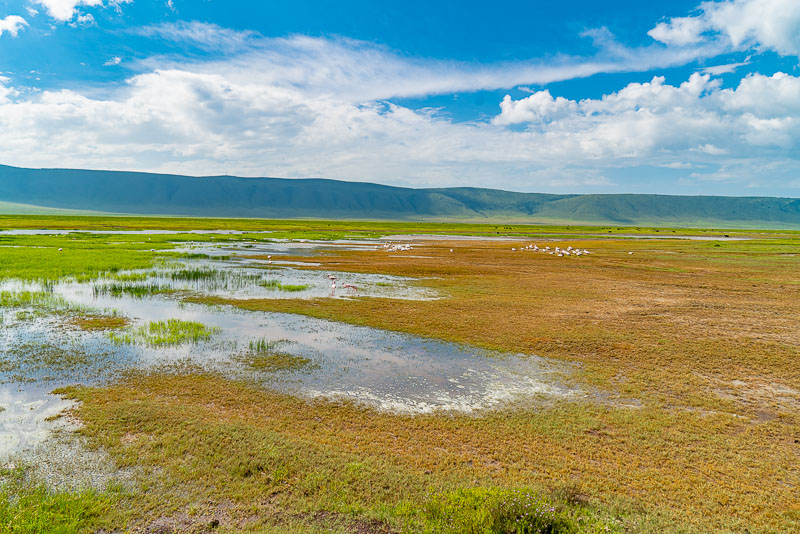
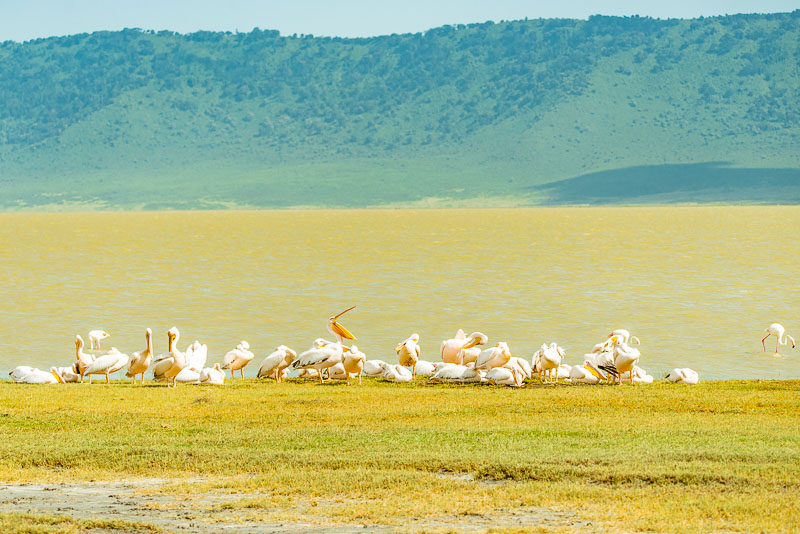
Pink-backed pelican (Pelecanus rufescens)
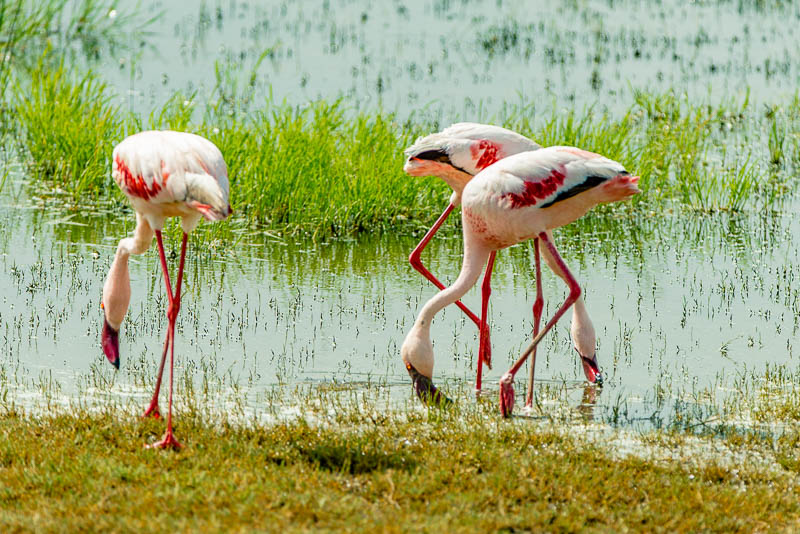
Flamingoes (Phoenicopteridae)
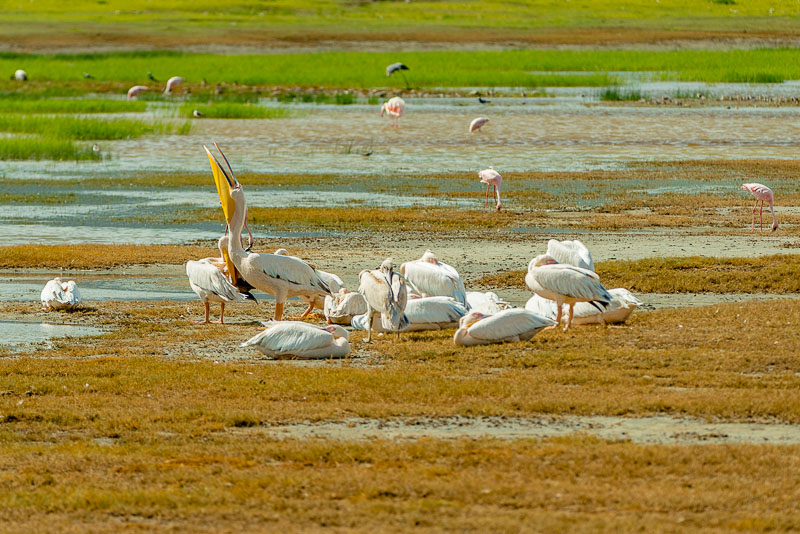
Pink-backed pelican (Pelecanus rufescens)
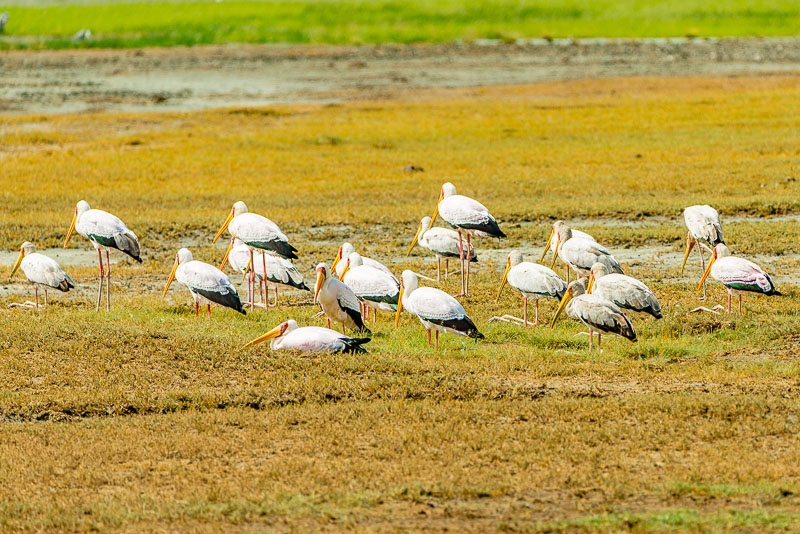
Yellow-billed storks (Mycteria ibis).
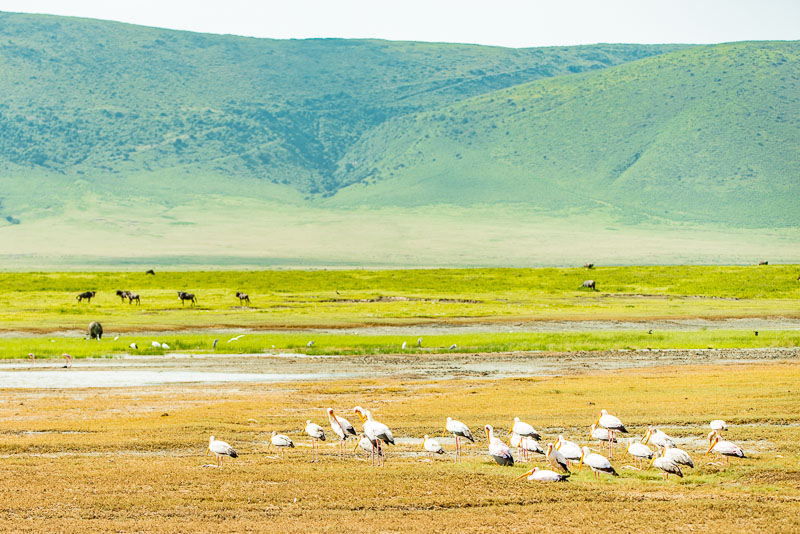
Yellow-billed storks (Mycteria ibis).
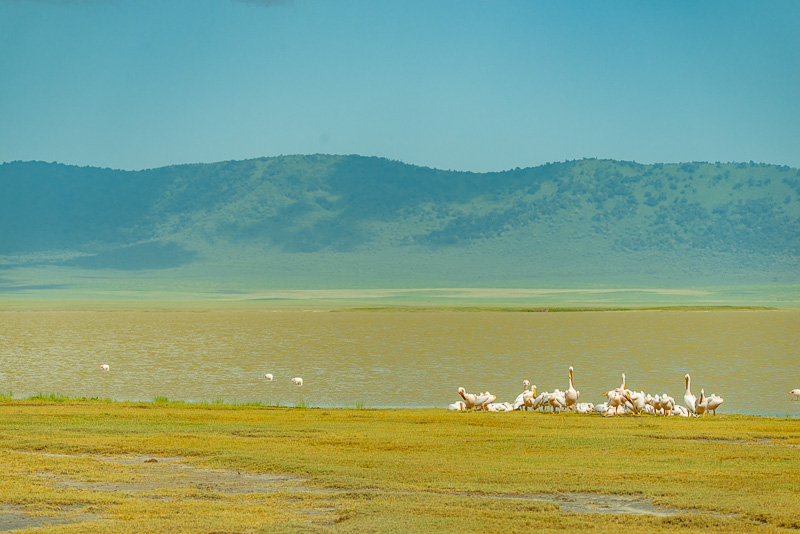
Pink-backed pelicans (Pelecanus rufescens)
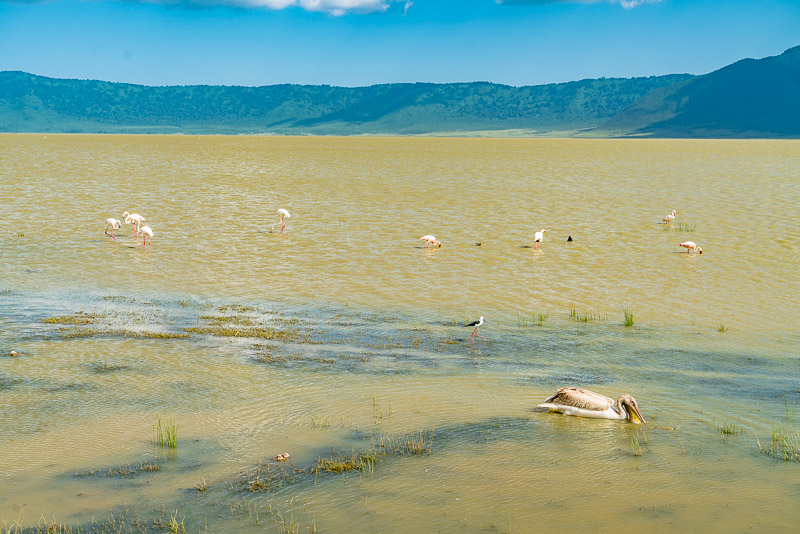
Pink-backed pelican (Pelecanus rufescens) and Flamingoes (Phoenicopteridae)
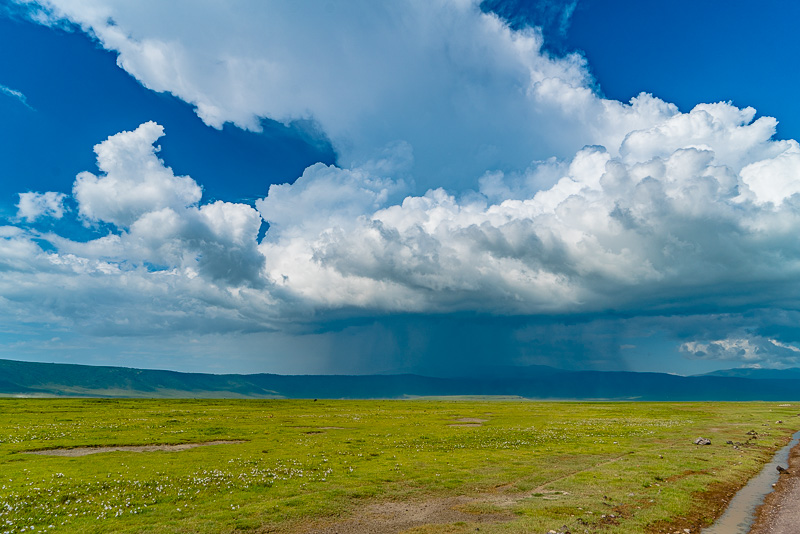
Rain shower building up on the opposite side of the crater.
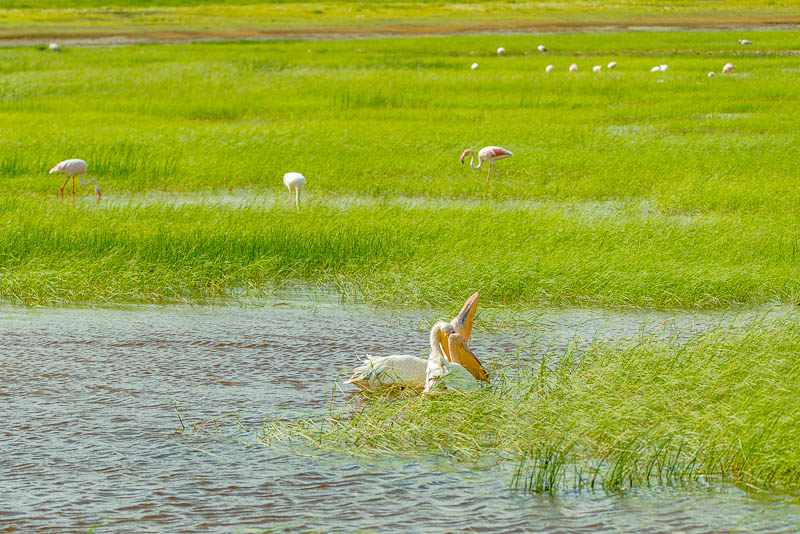
Pink-backed pelican (Pelecanus rufescens)
Panoramaic picture of the Ngorongoro crater, with high water in the lake. Click here or into the picture for a larger display.

Yellow-billed stork (Mycteria ibis).
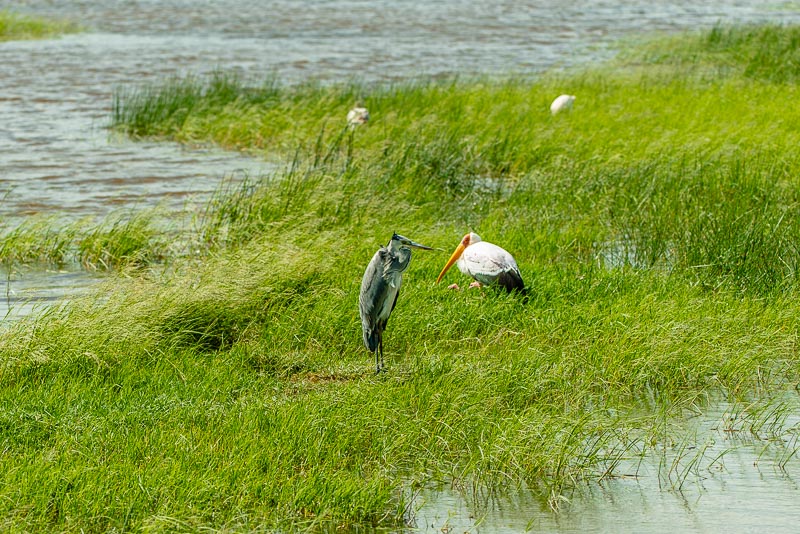
Yellow-billed stork (Mycteria ibis) and Grey heron (Ardea cinerea)
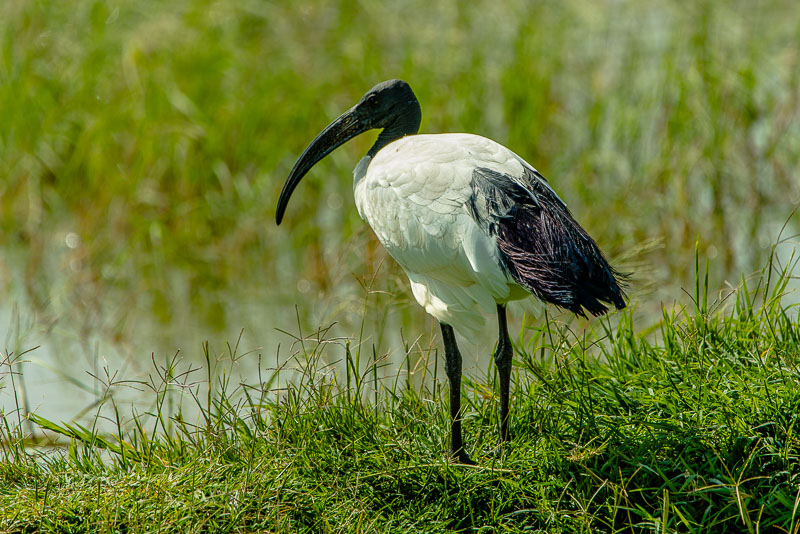
African "sacred" ibis (Threskiornis aethiopicus)
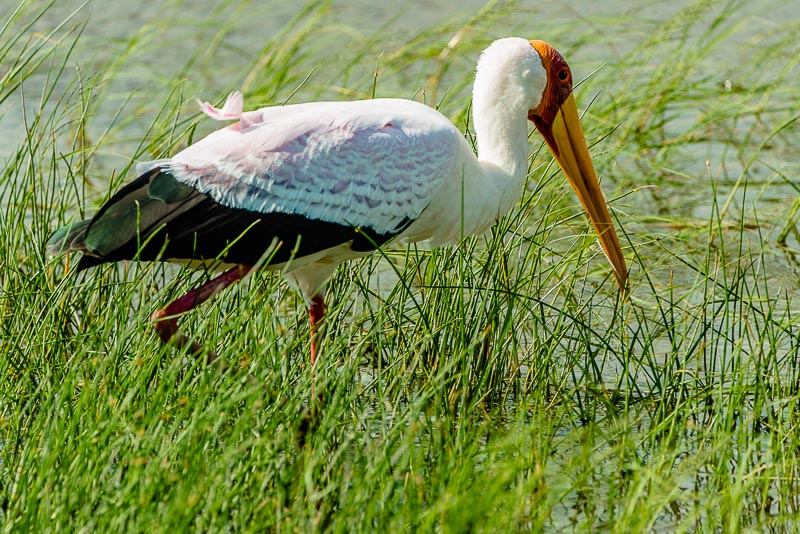
Yellow-billed stork (Mycteria ibis)..
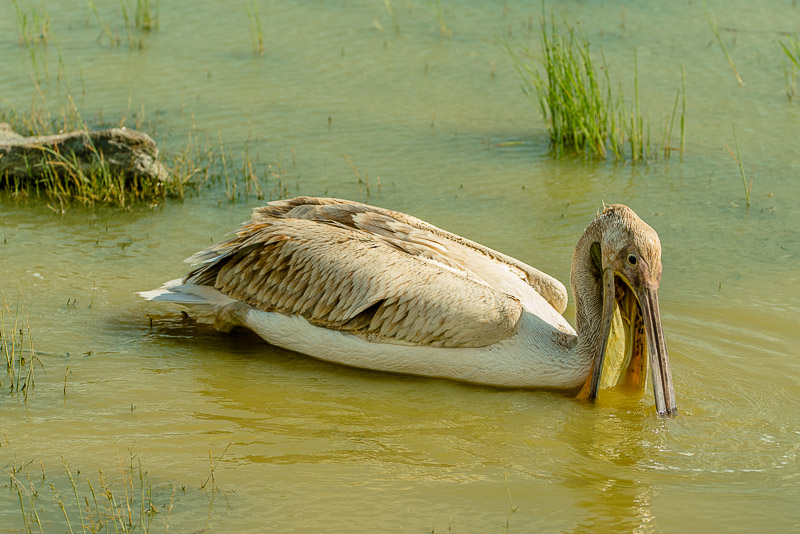
Pink-backed pelican (Pelecanus rufescens) hunting.
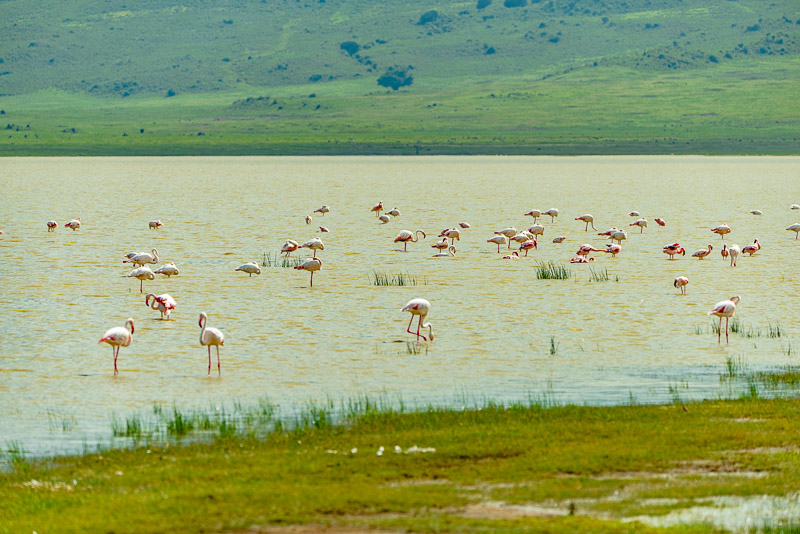
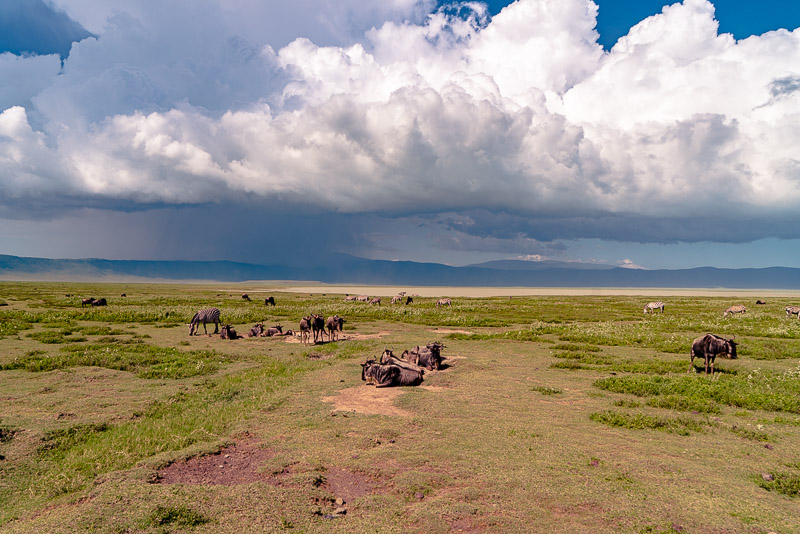
We pass by a herd of wildbeest and zebras.
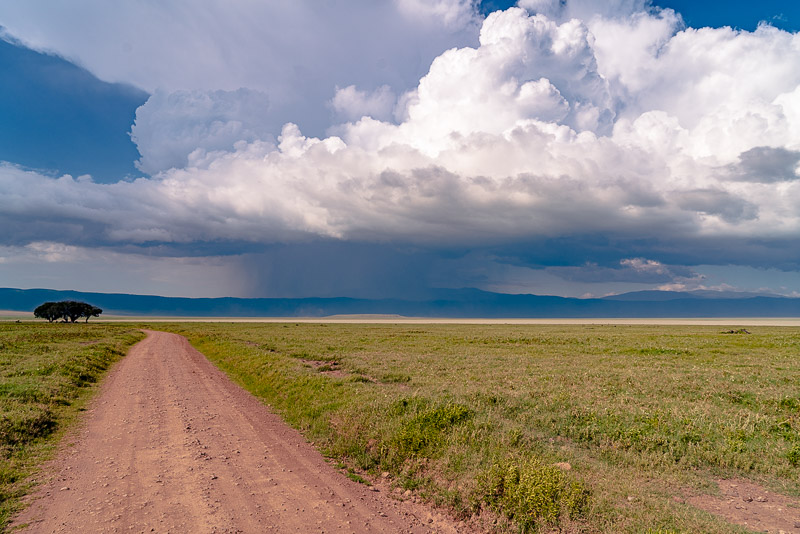
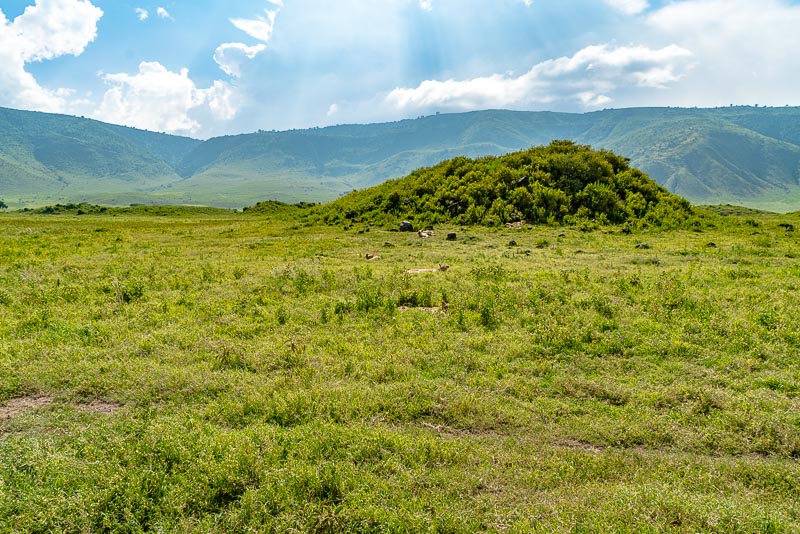
Today´s big sensation, however, is here.
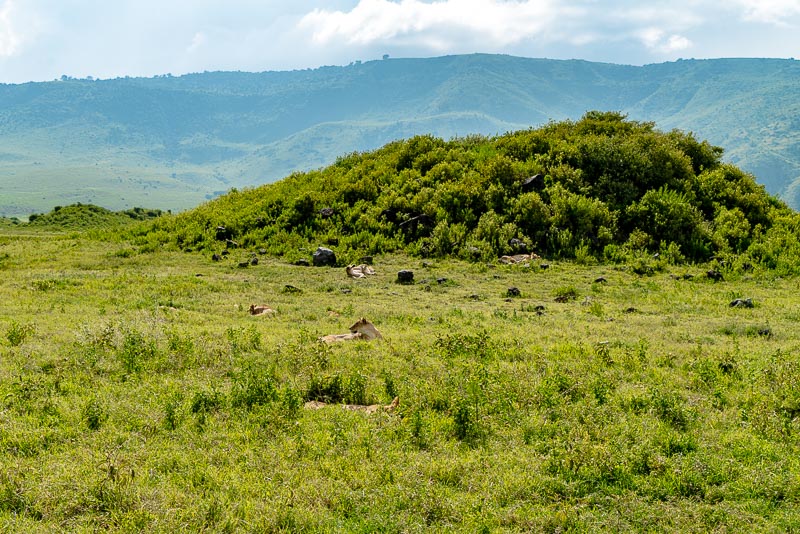
A whole familiy of lions lazyly laying around and nearly taking no notice of us.
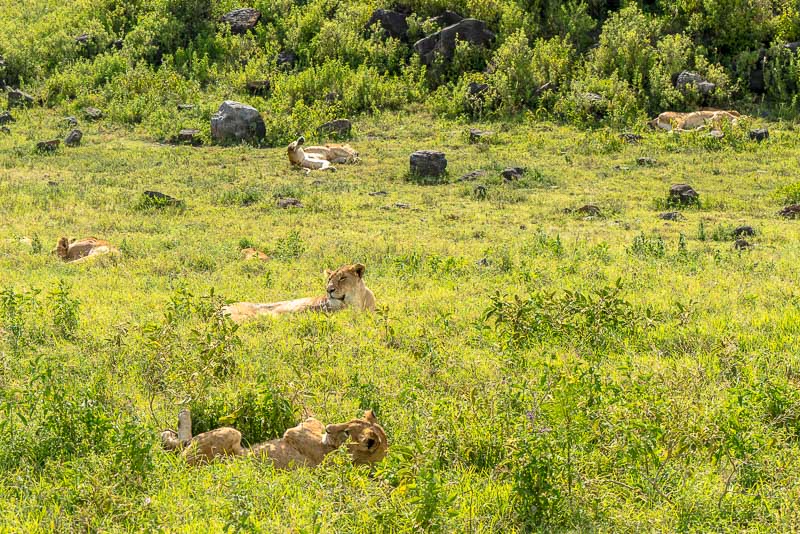
Lions (Panthera leo)
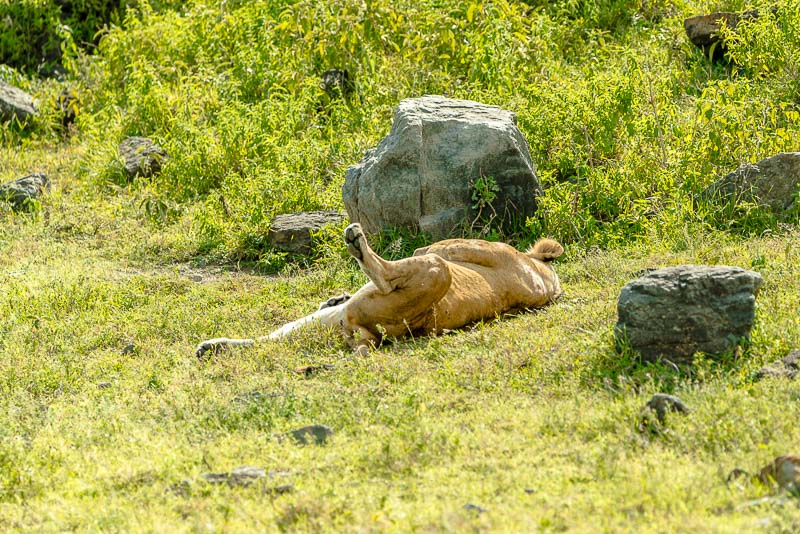
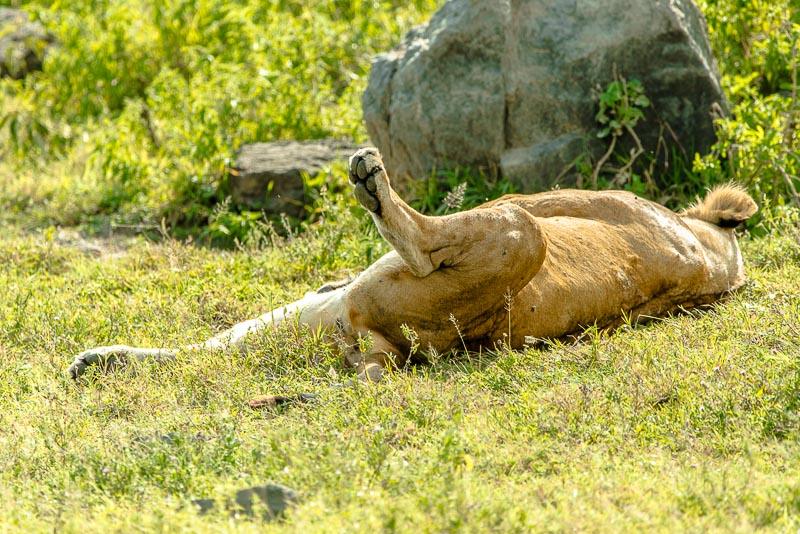
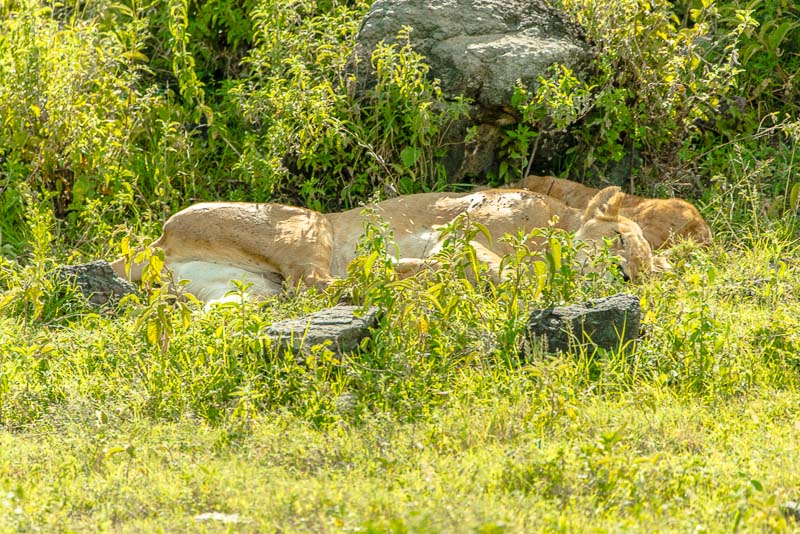
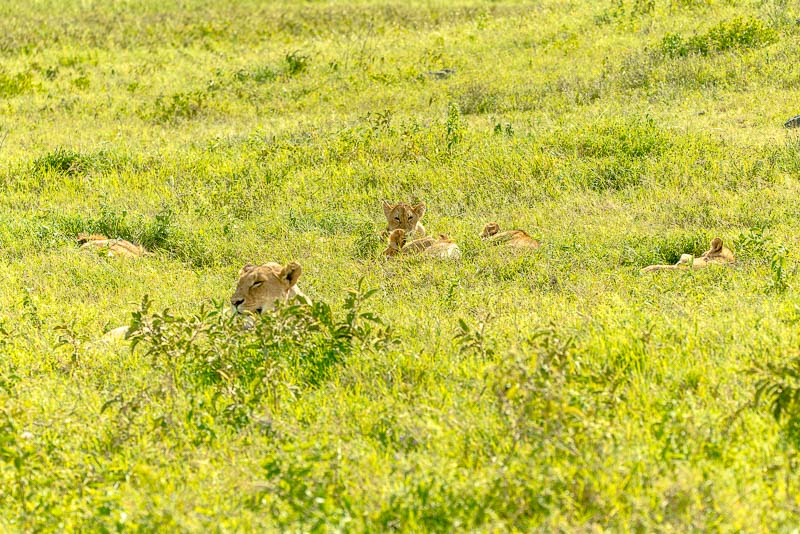
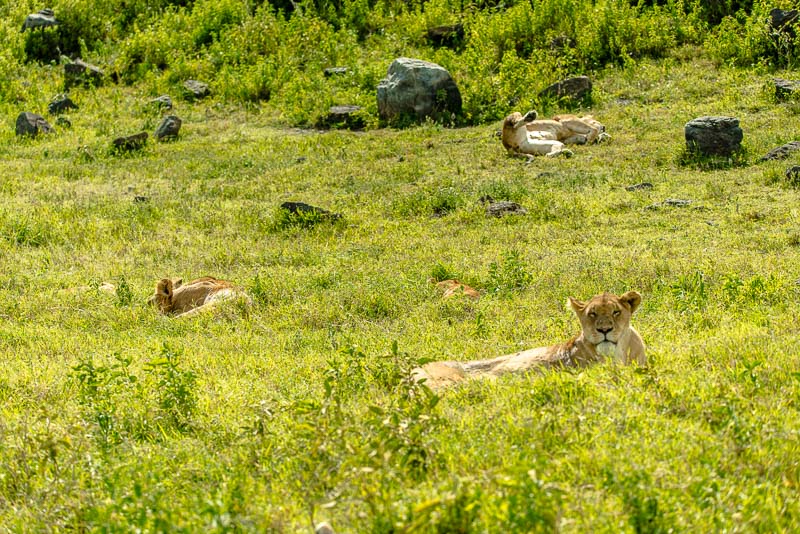
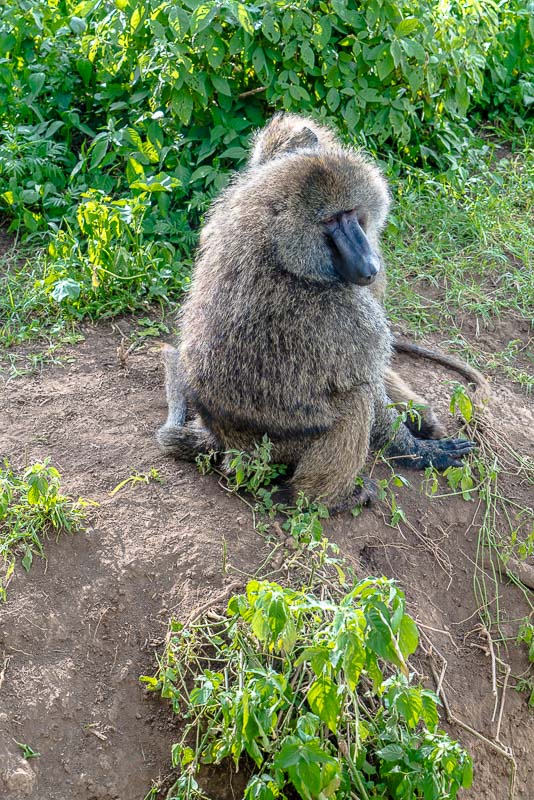
Last animals of the day, before we start the re-ascent out of the crater, is this group of Olive baboons (Papio anubis).
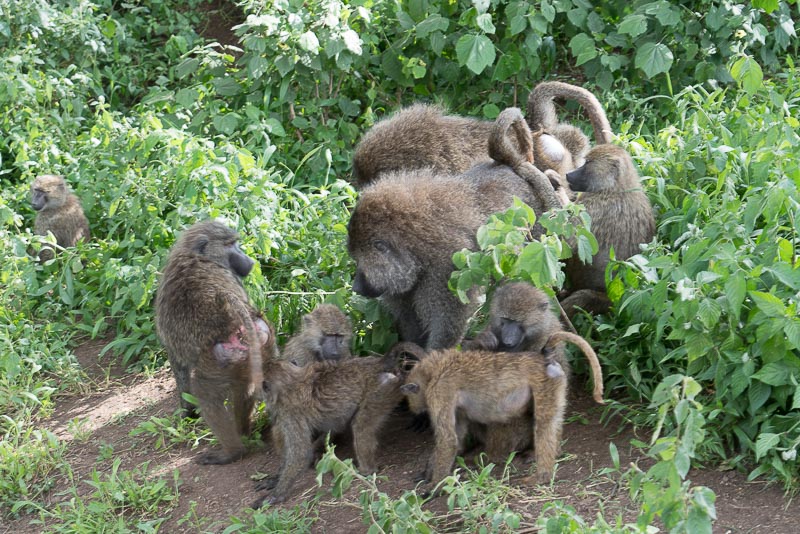
Pair grooming.
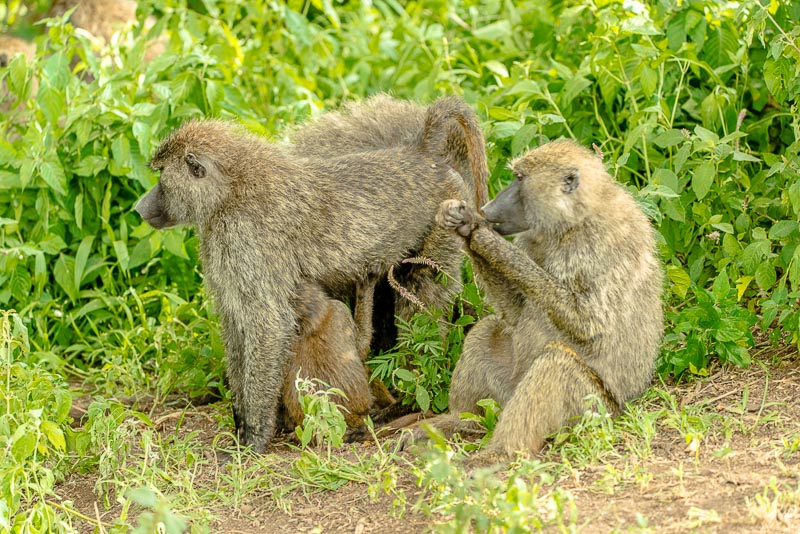
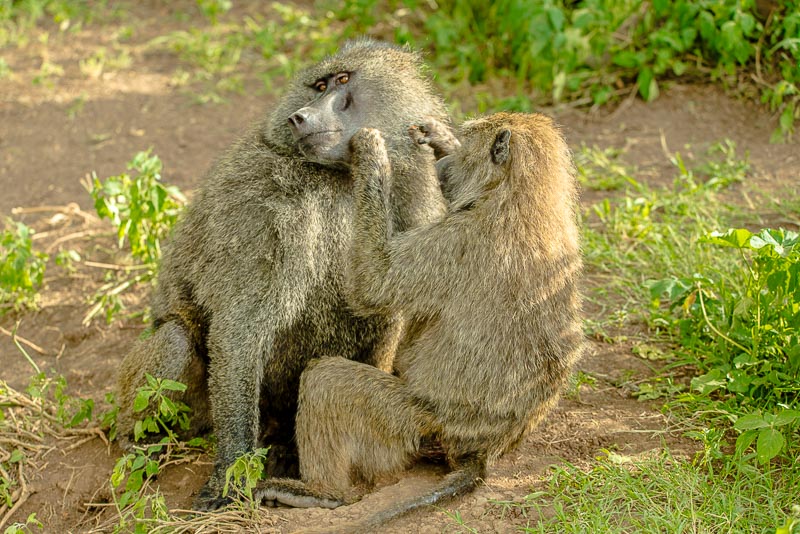
A last panoramic picture, at the start of the ascent to the crater rim. Click here or into the picture for a larger display.
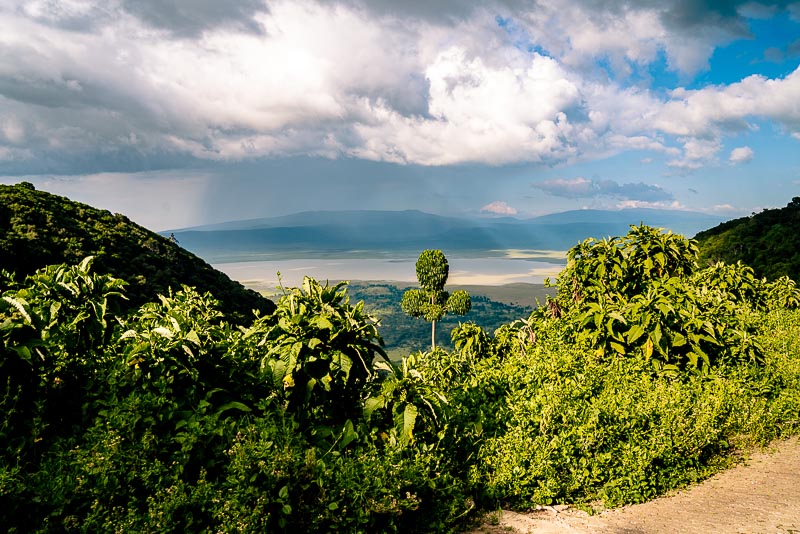
View back, during the drive through dense rain forest
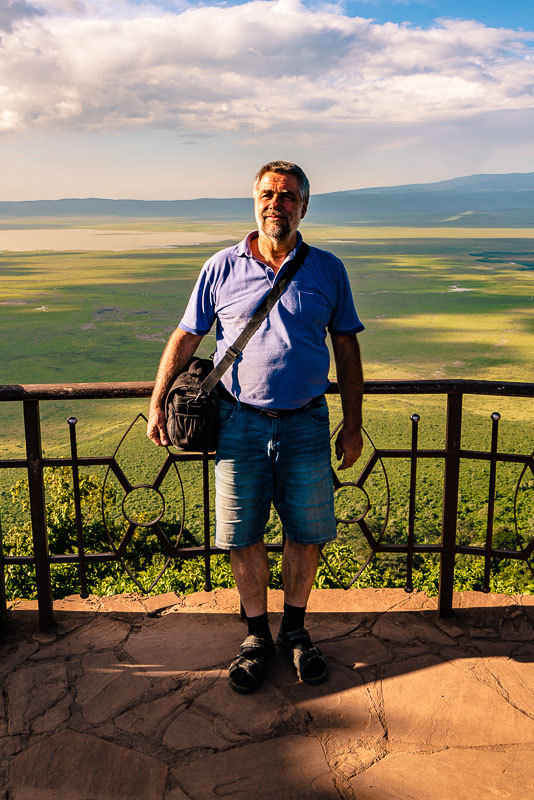
It was a long and eventful day.
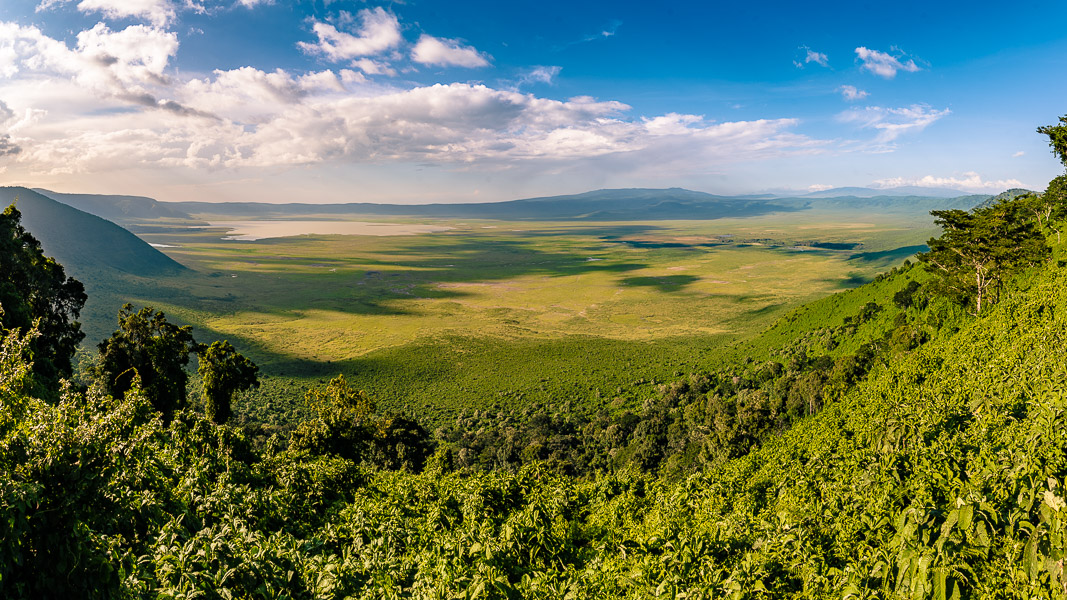
Ngorongoro crater, overall view.